Month 1... Develops a preference for certain people and things

Image Source / reddit.com
That’s right - right from the moment your baby enters into the world, they will already start to build a profile on their own personal likes and dislikes. Their brains really are like a sponge at this age, and they’re constantly taking everything in. They start to determine whether or not they like certain people and things, deciding on their favourites.
Holds their head up briefly when supported

Image Source / reddit.com
During a baby’s first month, you can sometimes expect them to begin to hold their head up briefly when you give them some support. For other babies, it can take them a little bit longer, and so you might see this development into month 2 instead. You should be careful to give your baby adequate support and patience through this important milestone.
Month 2... Begins to coo and gurgle

Image Source / reddit.com
When your baby gets to month two, you might hear them start to coo and gurgle. This is their way of developing their communication skills. You'll probably mostly hear these noises coming from your baby when they're feeling happy or they're trying to attract your attention! Look out for them trying to make eye contact with you whilst cooing - this is like their adorable version of conversation.
Starts to track moving objects with their eyes

Image Source / reddit.com
When your baby first starts to do this, they may not be able to track the object consistently. But, they will begin to try their best! This is a great sign that your baby's visual development is coming along as it should be. With practice, they will get smoother and more consistent at this, you can encourage visual development with a mobile over their crib or playpen, playing peek-a-boo, or wiggling toys in front of them.
Holds their head up steadily when supported

Image Source / reddit.com
In month two, a lot of babies can then steadily hold up their head, but will still need your support. They will try to lift their head when on their stomach, or try to turn their head from side to side whilst they're being supported. Spending time with your baby on their tummy will help to encourage this and will strengthen their neck muscles. You can also safely prop your baby up in a seated position.
Month 3... Rolls over from front to back

Image Source / reddit.com
This is a big green flag that your baby's motor skills are developing as they should be. Once they hit the three month mark, you will probably start to see them trying their best to rolls over from their tummy onto their back and vice versa. You might only notice small changes at first, such as kicking their arms and legs as though trying to roll.
Sits up with support for short periods of time

Image Source / lovevery.com
As a baby develops their muscles and balance skills, they will start to try and sit up. At first, they will do this with the need for some support from you and it will likely only be for short periods at a time until their muscles further develop. You might see them trying to push themselves up when they're lying on their back, and grow frustrated when they struggle to sit by themselves.
Month 4... Babbling becomes more complex

Image Source / reddit.com
So, we've hit month four. Your baby is now likely to further develop their communication skills and so you'll probably hear a lot more babbling coming from them. The babbling is now a bit more complex, experimenting with different kinds of sounds and even varying the pitch in their voices. Talking to your baby often, reading books with them and playing games involving sounds will help them to develop their communication.
Starts to crawl

Image Source / reddit.com
You may now start to notice behavior from your baby such as trying to scoot forwards on their stomachs or using their hands, arms and legs to try and propel themselves forward. This shows that they're trying to start crawling. You can help by making sure your baby has the space they need, that it's safe and that they're on a soft surface. You can also place toys out of their reach, encouraging them to crawl for them.
Sits up without support for short periods of time

Image Source / reddit.com
Your baby may now be able to sit up without your help, but whilst leaning against a wall or something else that can support them. You also might notice that they're trying to lean forwards or backwards. Help your baby along by being patient, but encouraging them to sit independently. You could safely put them in a seated position, closely supervising them but without direct support.
Month 5... Pulls themselves up to a standing position

Image Source / reddit.com
At month five, you will probably start to see your baby holding onto pieces of furniture for support, trying to stand themselves up. Usually, they will struggle to do this on their own and will only be standing on their feet for brief periods at a time. Making sure their environment is safe, with the means to pull themselves up in their own time is a great way to encourage them to stand.
Babbling resembles words

Image Source / whattoexpect.com
Now, this will vary from baby to baby. But, at five months old some babies will start to babble in a way that resembles words. The most common examples usually being “ma-ma” or “da-da”. But sometimes they will surprise you. Again, the best thing to do is be patient with your baby and continue talking to them frequently, this will help them pick up words.
Month 6... Starts to eat solid foods

Image Source / msdawnslp.com
Around the six month mark, your baby can begin to eat solid foods. Remember, this is completely new to them so you'll need to have some patience! At first, they are likely not to like the taste of some foods but try to persevere, trying different foods until they find something that they're happy to eat. Whilst they won't eat much to start with, it's still going to get messy - so don't forget the wipes!
Cruises along furniture

Image Source / pinterest.com
Babies can start to cruise along furniture as early as six months old in some cases. But, this varies from baby to baby so give your little one time to progress at their own pace. They're definitely going to need your help with this to begin with, you can gently steady them and help them to keep their balance. Make sure the furniture is stable and there's nothing they can trip on.
Stands up with help

Image Source / verywellfamily.com
With a lot of support from you, you now may start to see your baby standing on their feet! They're going to be super excited to be able to do this, so you'll probably see them getting a bit ahead of themselves and so they might fall over a few times. Be close by at all times to make sure they don't hurt themselves. You could use a harness to begin with if they're struggling with confidence.
Month 7... Walks with help

Image Source / todaysparent.com
We've now hit month seven, your baby may now start to take their first steps with help from you. You can hold their hands or support them whilst they try this. At first, it will likely only be a couple of little steps at a time before they find themselves tumbling over. Make sure the area is safe, be patient and enjoy this huge milestone with your baby!
Eats about 2-3 tablespoons of solid food per meal

Image Source / healthyparentingwinnipeg.ca
Now that your baby is getting a little more used to eating solid foods, they will be able to eat in more quantity than before. You can expect your seven month old to manage around two to three tablespoons of solid food with every meal that they eat. This can of course vary from baby to baby and is a rough guideline outlining what to expect. Don't panic if things take a little longer.
Month 8... Starts teething

Image Source / parents.com
Babies start teething at different stages. Some as early as four months, others not until they are over twelve months old. But, for the majority of babies, you would expect that they will have started teething by around the eight month mark. You'll know when this has begun, as they will be chewing anything they can get their hands on, showing irritability and may even have a fever. Giving your baby cold chew toys and using teething gels can help.
Eats about 4-6 tablespoons of solid food per meal

Image Source / medicalnewstoday.com
One month later, and your baby's solid food intake has probably almost doubled! Now, with each meal, they're probably managing to eat approximately four to six tablespoons of solid food. If your baby is still struggling with this, be patient and keep using the trial and error method. There's a whole host of options out there for you to try, your baby is bound to like something.
Sleeps about 11 hours per night with 2 daytime naps

Image Source / reddit.com
You may now start to notice a difference in your baby's sleeping habits. At eight months old, they are generally able to sleep all the way through the night. You won't have to wake up throughout to feed or sooth them (or much less often, at least). On top of their eleven hours sleep at night, they will still need a couple of naps throughout the day, too.
Month 9... Starts to climb

Image Source / todaysparent.com
When your baby starts to climb, this is another huge sign that their motor skills are developing nicely. You will see them trying to climb up furniture, the stairs, and any other large objects they can get their hands on! The best thing that you can do is make sure your baby is supervised and that their environment is safe at all times. They will inevitably fall whilst learning, so make sure you're prepared.
Grows about 1/2 inch per month

Image Source / cricoop.com
Before this, your baby will likely have been growing so fast you've struggled to keep up! You're probably looking at your nine month old, wondering where the time has gone and how they got so big! Well, once they hit this age, they will now grow at a slightly slower rate of approximately half an inch per month, as opposed to the one whole inch they were growing previously.
Month 10... Says their first words

Image Source / reddit.com
The moment you've been waiting for - your baby may now say their first words! They've been babbling for months now, trying their best to sound out words familiar to them. Well, once they hit the ten month mark, this babbling may progress into real words. Their words will of course be simple and it's important to remain patient, continuing reading and playing games involving sounds.
Drinks around 16-30 ounces of formula over 24 hours

Image Source / reddit.com
Even though your baby is now eating solid food at each mealtime, they do still need their milk intake, too. Whether you're breastfeeding or your baby is on formula, try to aim for between 16 and 30 ounces over a 24 hour period. In between this, their diet should be as varied as possible: full of fruit, veg, dairy and protein to ensure your baby is getting the nutrients they need.
Shows more interest in social interactions

Image Source / pinterest.com
At this age, your baby will be visibly more interested when they are interacting with people. You'll see them start waving, blowing kisses, and even smiling a lot more. They'll enjoy exploring their surroundings, as they have developed a sense of adventure. Sometimes, they can begin to exhibit signs of separation anxiety or jealousy when it comes to their parents.
Month 11... Stands independently

Image Source / mercy.net
Now, your baby may be able to stand up entirely by themselves! You can help them out by giving them plenty of opportunities to test out this new skill. For example, putting them in a safe space where they have room and objects that they can use to pull themselves up if needed. Your baby will likely be excited when they do this, and you might see they give themselves a little clap.
Walks independently

Image Source / happiestbaby.com
After some practice and confidence building, your baby now may be able to take a couple of steps by themselves without you holding their hand. Of course, they're still learning so we can't expect them to walk around the room. We're just talking being able to stay steady on their feet, putting one foot in front of the other, even if just for a couple of seconds.
Month 12... Develops hand-eye coordination

Image Source / pathways.org
Your baby will now start to be a lot more independent, no longer relying on you for their every move. To start with, by twelve months, a lot of babies are now able to use a spoon to feed themselves. They will also be able to eat finger foods, knowing how to pick these up with their thumb and forefinger. When it comes to playtime, you can expect your baby to make a lot of noise, as they can now bang blocks together.
Has a better understanding of language

Image Source / toddlertalk.com
When you're speaking to your baby, you can now expect them to have more understanding of what you're saying to them. They're likely to respond to simple verbal requests, such as "come here" or "give me that". They will be able to communicate with you, too. They might say things like "uh-oh!" or shake their heads to say no. Be patient as always and don't give too many complicated instructions at once.
Improves motor skills further

Image Source / penguin.co.uk
At twelve months old, your baby will develop their motor skills even further. For example, when you're reading to them, you might now see your baby reaching out to grab the book from you. Or, they may turn the pages of the book by themselves. At first, they may need a little bit of help from you with this, but they are well on their way to doing this on their own!
Here is what is expected of your baby during their second year! The confidence to walk

image source: reddit.com
It might even be that your baby is making great strides (quite literally) at the one year mark in terms of walking, but it's the second year where this will really pick up. By around 18 months, they should be a great deal more confident in walking, and want to do it on their own.
They should even walk up stairs
 image source: reddit.com
image source: reddit.com
Their confidence might be so big that they've even started tackling those stairs! Of course they'll still need to be supervised by you watching them but they should be trying to navigate up and down those stairs willingly (though will definitely appreciate if you hold their hand!).
Being able to push and pull toys by themselves
 image source: reddit.com
image source: reddit.com
At around the year and a half mark, they should be more than capable of moving toys backwards and forwards during playtime without any help, which includes toy cars along a makeshift track, as well as wagons and buckets they can pull along themselves across the room.
Being able to sip from a cup
 image source: reddit.com
image source: reddit.com
Most toddlers at this age bracket will now be able to drink from a cup properly and even eat with a spoon by themselves. They may still have a preference for their originally sippy cup, but it's still a good milestone that they can drink from a different cup all by themselves!
They'll be able to remove some clothes without help

image source: reddit.com
Getting them changed after bath time and for bed is now a little easier because your toddler should be able to help you with that! They should start to remove at least one item of clothing all by themselves, and this usually happens around the 20 to 22 month mark.
Running and kicking (the fun times!)
 image source: reddit.com
image source: reddit.com
Ah, yes - prepare for bruises and to have your daily steps increased yourself! It's the running and the kicking stage, because their motor skills have developed a great deal more by now. This tends to happen at the end of the second year (just make sure they don't kick over their own 2 year old birthday cake!).
Climbing on furniture
 image source: reddit.com
image source: reddit.com
All that extra activity also means - unfortunately for you and your furniture - they're likely to start climbing. Having them climb on the couch isn't so bad, but it's the TV cabinet, tables or kitchen counters you'll have to watch out for! This is going to need some extra vigilance on your part!
Leaping and jumping about

image source: reddit.com
They might even try and launch themselves at furniture or jump onto it - because now is the stage they're going to be able to do that, too! They'll likely start hopping and jumping about on the spot, as well as launching themselves forward, like across the couch or into the garden grass.
Starting to point at things
 image source: reddit.com
image source: reddit.com
Seriously, you're going to have EVERYTHING pointed out to you! Your child is going to want you to look at this, that and that other thing, too. They're going to point a whole lot more by the age of around 18 months, and they'll likely do it to get people's attention.
They should start to imitate you
 image source: reddit.com
image source: reddit.com
Your toddler is going to be watching you more closely than you think, and they're going to start imitating your behavior a whole lot. If they've seen you on your phone, they'll likely try and pick it up and hold it like you do, or pick up the TV remote or the coffee table magazine you've been reading.
Better at following direction/commands you give them
 image source: reddit.com
image source: reddit.com
There's a happy balance here because even though your toddler is now more than capable of following commands, it doesn't always mean they'll choose to do them! But fingers crossed when you tell them to pick up teddy or tidy up their toys, they will do so without complaint!
Putting those building blocks to good use
 image source: reddit.com
image source: reddit.com
Your toddler will not only be able to pick things up easy peasy now but they'll be a building master by this point! They should start building houses, castles or just the highest pile of bricks they can - only to knock them over and have to clean them up, of course.
Being able to finish lines of rhymes or stories
 image source: reddit.com
image source: reddit.com
If you have a favorite story you always like to read together, it's likely your toddler will start to finish the story, the page or the rhyming parts without you having to say them. They should also start pointing out things they say on the pages that they can identify.
They'll have increased memory function
 image source: huffpost.com
image source: huffpost.com
Your toddler's memory will have improved a great deal at this point, too, where they might even start telling you about things they saw earlier in the day, whether that's people, places or animals. They'll also do better with memory games, like hiding things and having them remember where you put them.
Better understanding of sizes and colors
 image source: reddit.com
image source: reddit.com
If you get your toddler toys which are based on matching colors and shapes, like items with slots, then they should do a whole loads better at understanding what goes where. They'll be able to put the red triangle block in the red triangle hole, for example, and be able to gauge the differences.
They should be able to say several words by now
 image source: reddit.com
image source: reddit.com
The first word is a special moment, and now it's time for them to have built their vocabulary a bit! By the second year stage, they should be able to say several words by the 18 month mark. At two years of age, your toddler should have about 50 words for their repartee.
Shaking their head for no!

image source: reddit.com
You're going to love this one! And they'll likely do it a lot. It's a mixed blessing when it comes to great milestones because it means they're understanding you enough to know when to say no back to you, but it also means they can, you know... say no, to everything.
Trying to imitate words (and saying them wrong)
 image source: reddit.com
image source: reddit.com
You might not have a clue what your toddler is talking about, but it's likely they're trying to say the correct word for something and get it wrong. They might point at the fruit bowl and try to say the word but it comes out as random noises. It's still a good thing, because it means they're tryng to imitate!
Repeating words they hear from your conversations
 image source: reddit.com
image source: reddit.com
Speaking of imitate - this is also the time you might want to start watching what you say in conversations as your toddler is likely now listening in and starting to repeat things that you say! And you definitely don't want them to blurt certain things out the next time you have guests.
They should know people's names
 image source: reddit.com
image source: reddit.com
Although they might not be good with household object names yet, they should by now be able to say people's names correctly, and also say the names of key body parts like hands, feet, eyes and nose (head, shoulders, knees and toes!). They'll be able to associate people's faces with their correct name.
Your child turns 3! See how kindergarten helps them learn new skills - Letter recognition
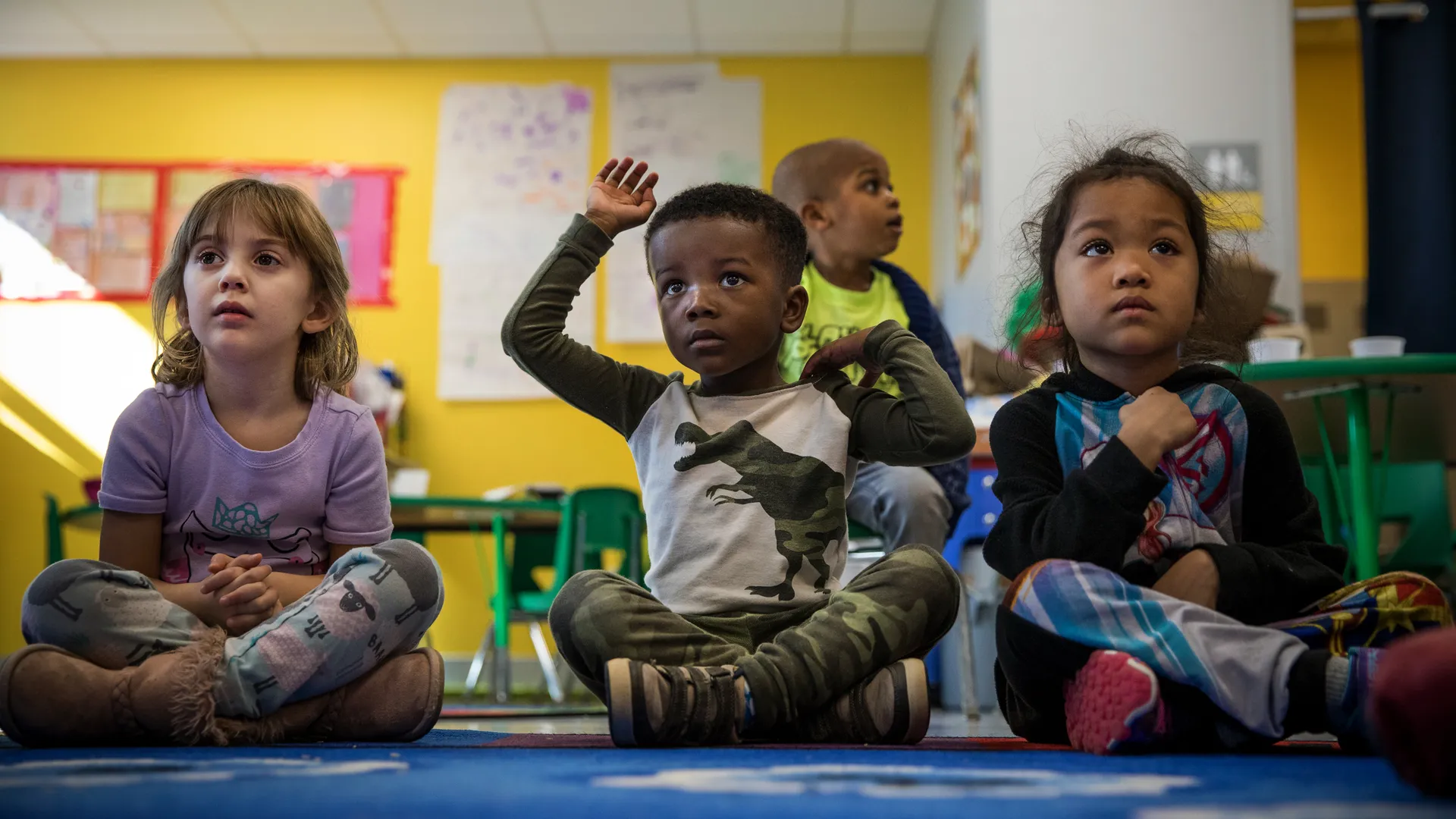
image source: Axios
Kindergarteners learn to recognize both uppercase and lowercase letters. Teachers often incorporate interactive games, songs, and visual aids to make the process engaging. Repetition and exposure to letters in various contexts help reinforce recognition.
Teaching sounds - phonics
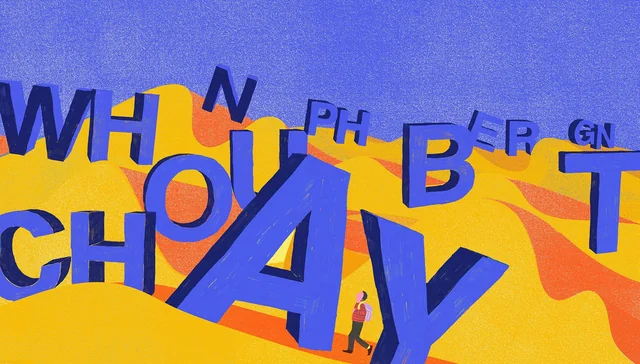
Image source: Reddit
Beyond letter recognition, phonics instruction involves teaching toddlers the sounds that are associated with letters and letter combinations. Kindergarteners begin connecting letters with their corresponding sounds, laying the foundation for early reading.
Holding a pencil correctly and basic writing skills
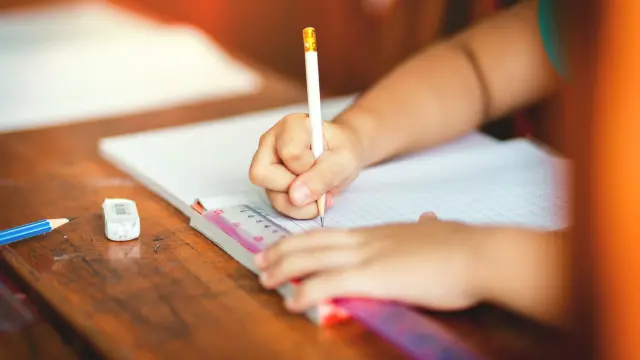 Image source: Reddit
Image source: Reddit
Learning to write in kindergarten typically starts with tracing and copying letters before they progressing to forming simple, small words. Teachers focus on proper pencil grip and letter formation, which helps towards the development of essential motor skills.
Learning to count objects and fingers
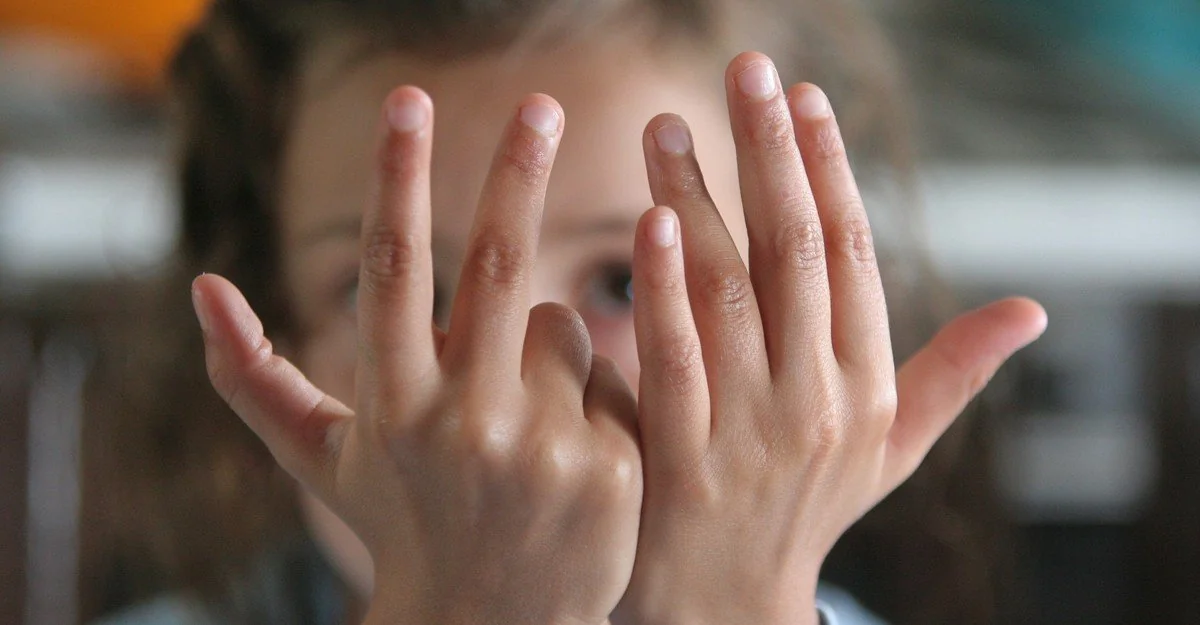
Image source: Reddit
Young children who attend kindergarten will learn to count by rote and understand the concept of quantity rather than learning as [part of a song or poem. Counting objects, fingers, or even steps during physical activities helps reinforce the numerical sequence.
Recognising numbers through counting games
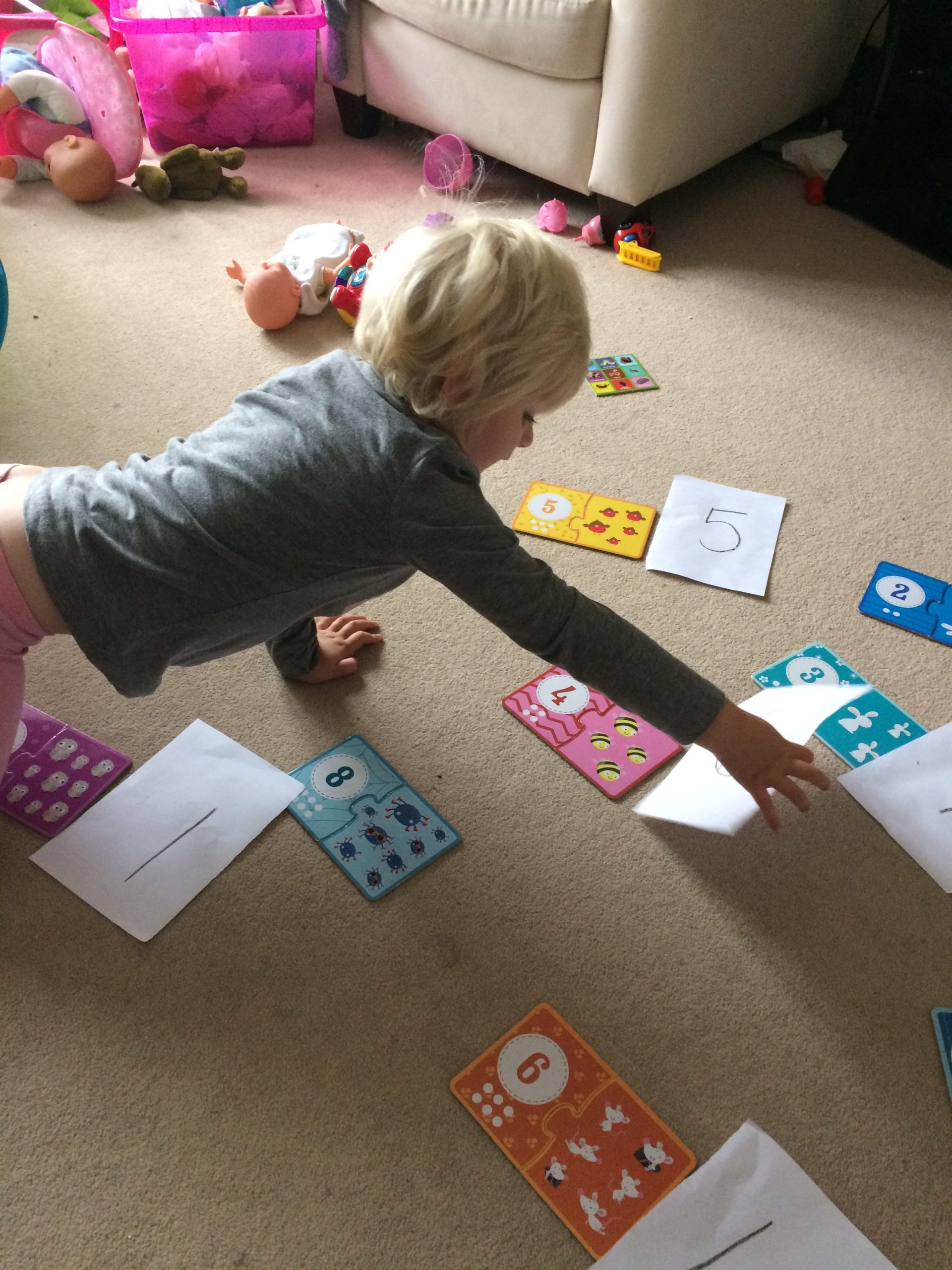
Image source: Happy Learner
Recognizing and naming numbers are essential skills. Teachers use visual aids, counting games, and hands-on activities to help their young students identify numerals and also to understand their numerical value. They use systems which are fun as well as educational.
Basic addition and subtraction .......yes, even at this age!
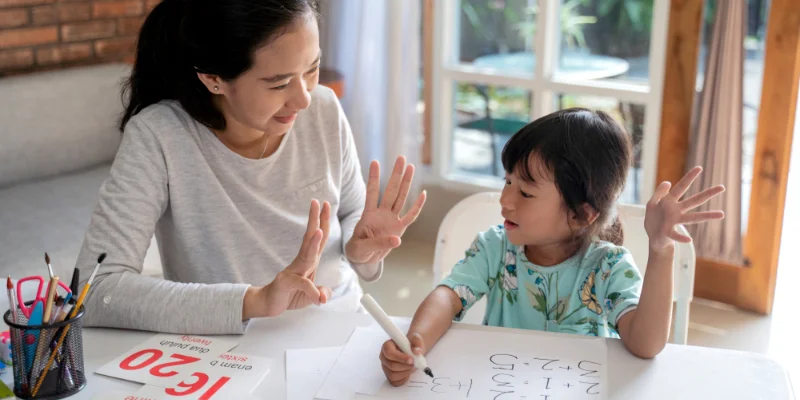
Image source: Asian Parent
Kids are like sponges and take so much in at this early age! Early math concepts involve hands-on activities and visual aids to introduce the idea of combining or taking away objects. Children might use counters or drawings to solve simple addition and subtraction problems.
Recognising shapes
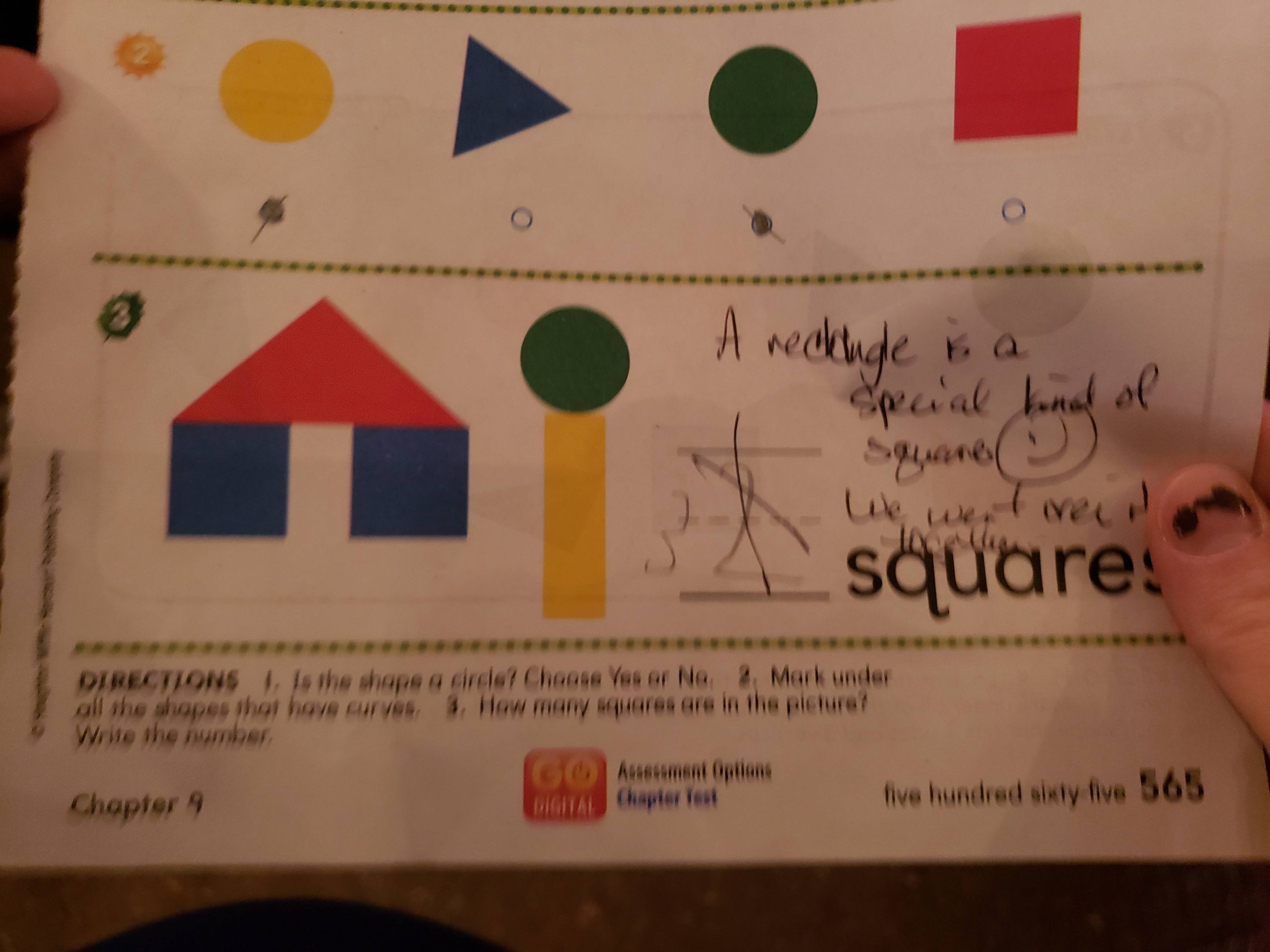
Image source: Reddit
Three year old children will start to explore shapes, firstly through interactive activities. They will learn to identify and classify shapes in their environment, enhancing spatial awareness and foundational geometry skills. They tend to love this particular skill!
Knowing their colors
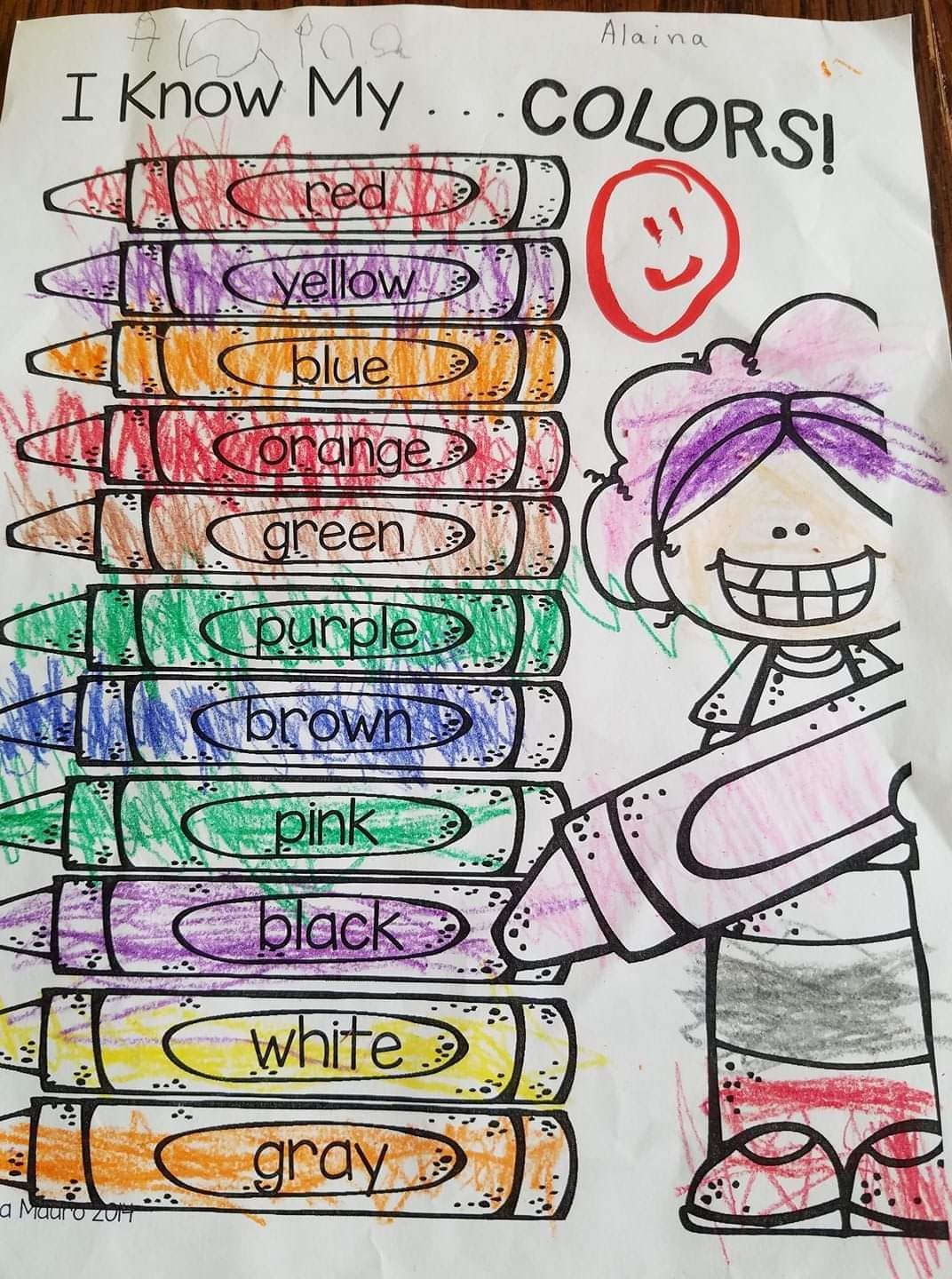 Image source: LittleOnes
Image source: LittleOnes
Color recognition involves a variety of activities, such as sorting objects by color, through painting, and various coloring exercises. Teachers use different aids, visual and manual experiences to reinforce the names of the colors. Kids will be asked their favorite color and they all shout out at once!
Learning how to create patterns
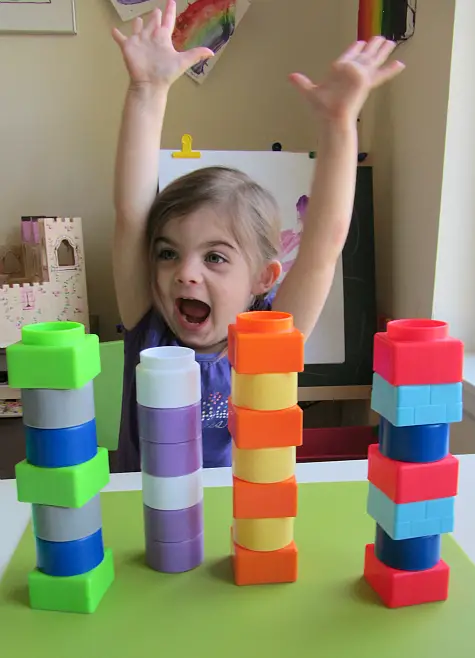
Image source: Pinterest
Kindergarteners begin recognizing and creating simple patterns, laying the groundwork for more advanced mathematical concepts. Activities might involve arranging objects or colors in predictable sequences. As with most things, repetition is the key as is keeping it fun.
Sorting and classifying objects
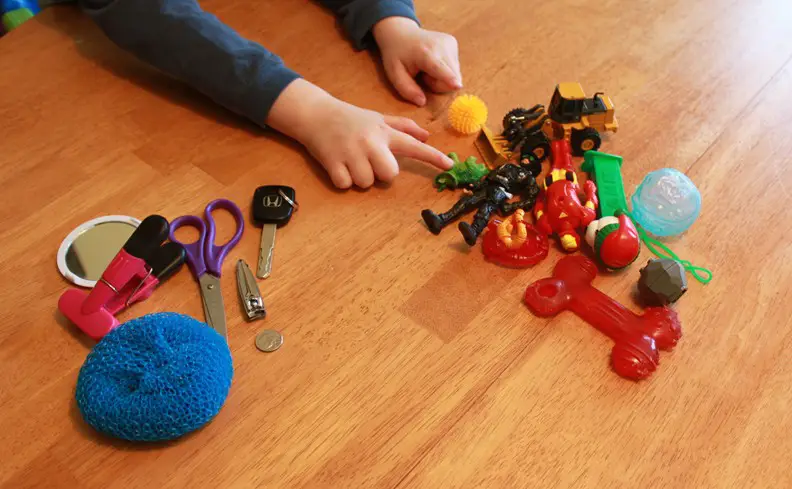
Image source: Frugal Fun
Sorting and classifying objects is an important aspect of a young person's learning. It helps develop critical thinking skills. Students learn to categorize items based on size, shape, color, and other characteristics such as texture and famous cartoon characters.
Learning how to measure

Image source: Quora
Introduction to measurement involves comparing the length, height, weight, and volume of objects. To keep it simple for the child, the teachers at kindergarteners will use non-standard units such as blocks or their hands to measure. This keeps the attention of the student.
Understanding aspects of the calendar
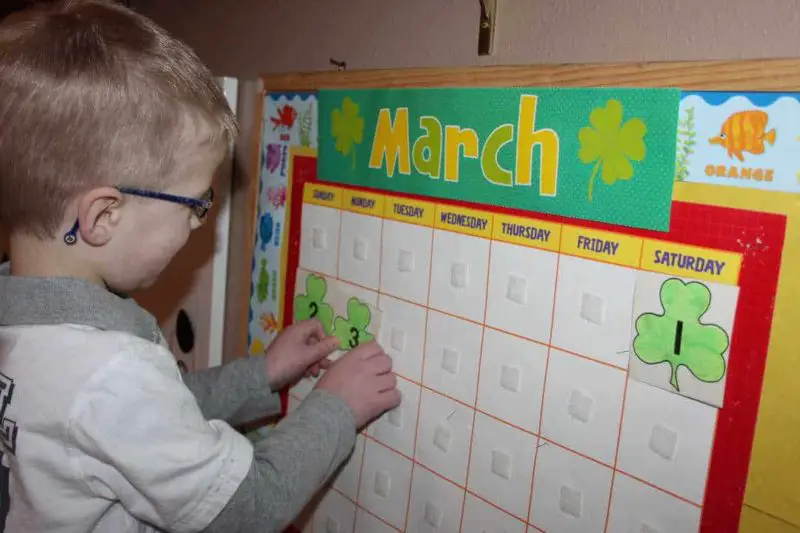
Image source: Quora
Understanding the days of the week, months of the year, and the various seasons will be introduced through the concept of time. Calendar activities and discussions about daily and seasonal routines help children grasp these concepts more easily. Drawing pictures is a big part of this.
Discussing weather conditions
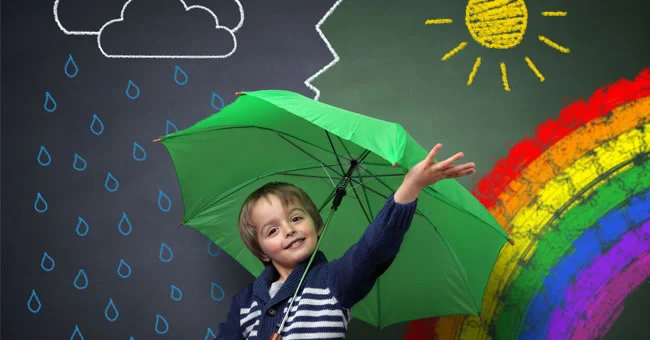
Image source: Kaplan Center
Learning about different weather conditions involves observations and discussions. The kids will explore concepts like sunny, rainy, windy, and snowy through various activities. Creating collages helps the information sink in and keeps their low attention span.
Learning social skills
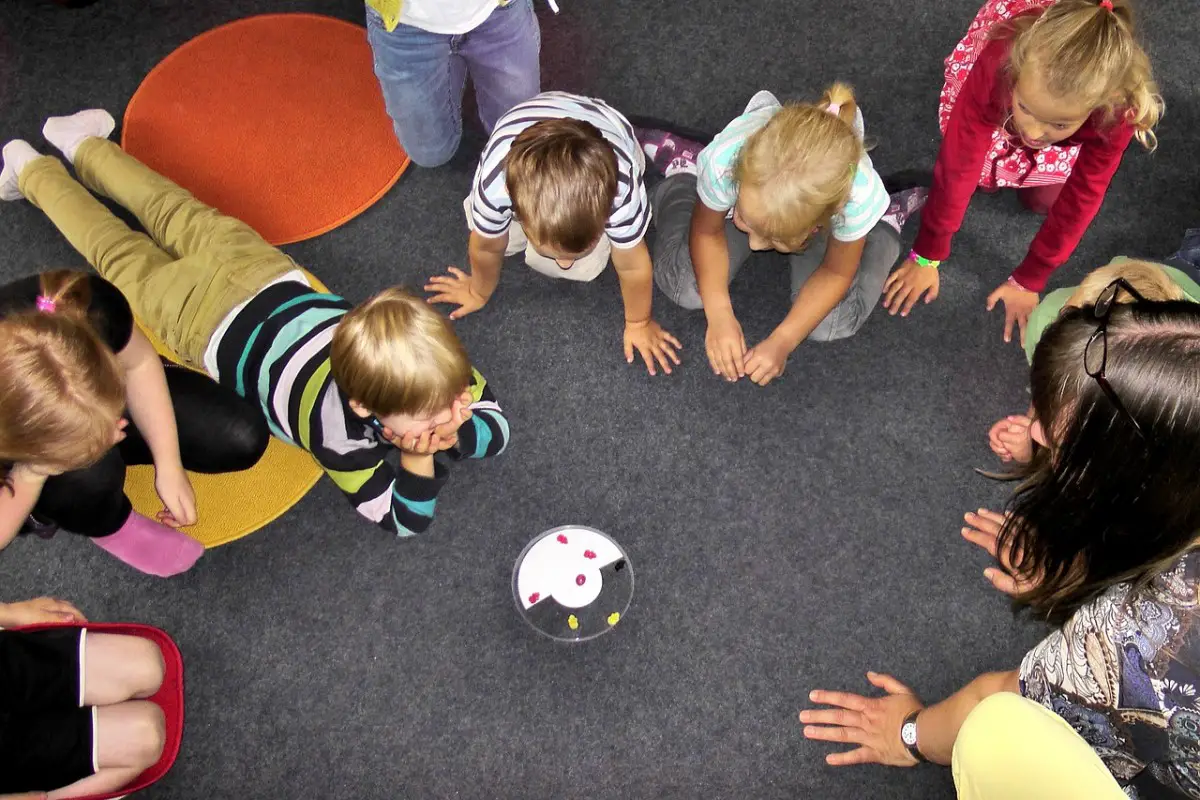
Image source: Early Years
Social development is a significant focus. Teachers use group activities, role-playing, and discussions to encourage skills such as sharing, taking turns, and collaborating with peers. This skill is relevant to all age groups but with different teaching methods.
Learning how to listen

Image source: The Sun
Developing strong listening skills is crucial for effective classroom participation. Activities like read-aloud sessions and following spoken instructions contribute to this skill. Some adults should take heed as it's an annoying trait to be associated with!
Following the rules!
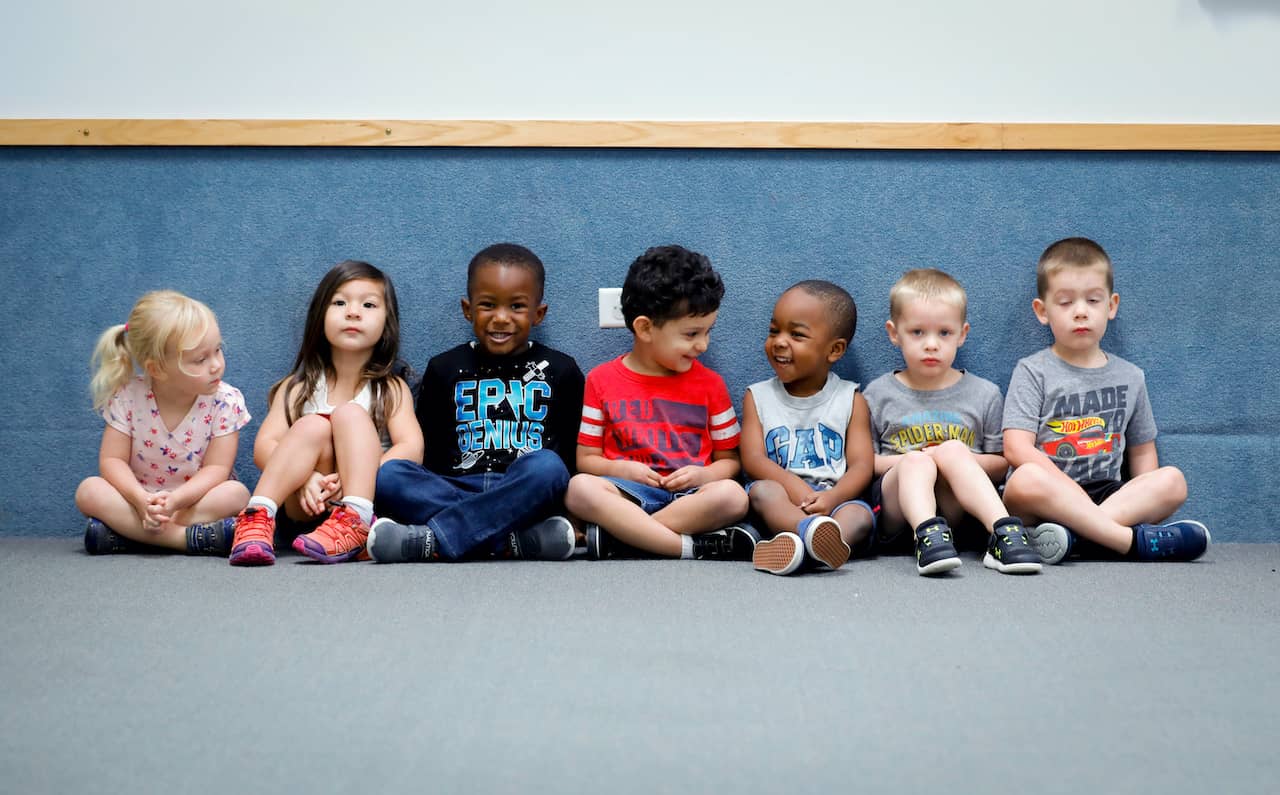
Image source: Cadence Education
Following classroom rules is a must to keep some form of organisation and learning. It consists of understanding and following rules contribute to a positive learning environment. Teachers use clear expectations and positive reinforcement to help students internalize and follow classroom rules.
Encouraging fine motor skills
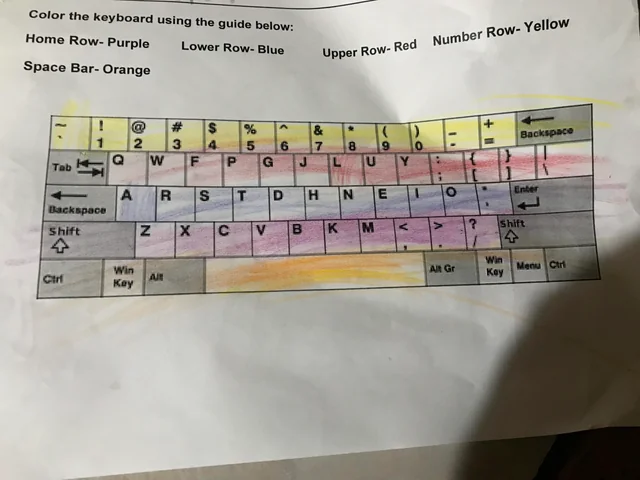
Image source: Reddit
Fine motor skills and activities will include activities, such as coloring, cutting with safe scissors along the lines , and using small objects. These all help develop hand-eye coordination and finger dexterity. It's never to early to learn such skills.
Physical activities are introduced
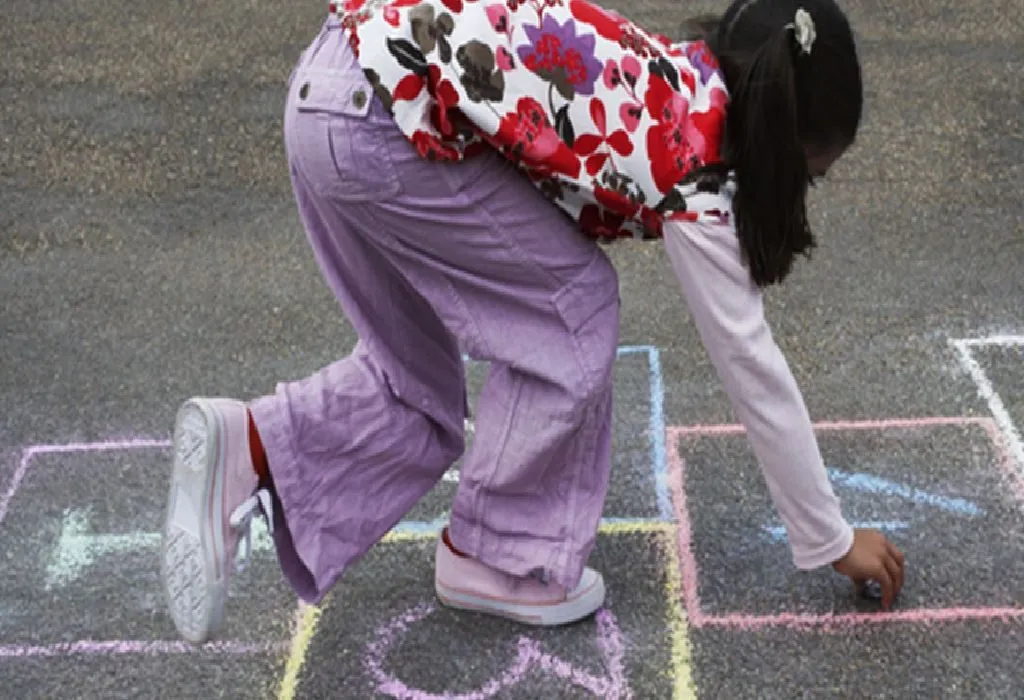
Image source: Quora
Physical activities such as running, jumping, hopping, and playing sports contribute to the development of gross motor skills. These activities enhance coordination, balance, and overall physical fitness. They also combine social interaction as well.
Identifying basic sight words
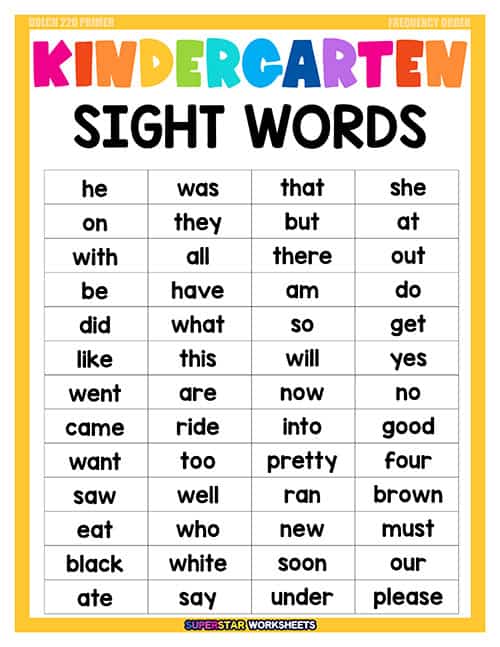
Image source: SuperStar
Introduction to sight words involves young kids recognizing common words by sight rather than them relying on phonetic decoding as they would have previously most likely have done. Sight words often include high-frequency words that appear frequently in texts.
Getting ready for reading
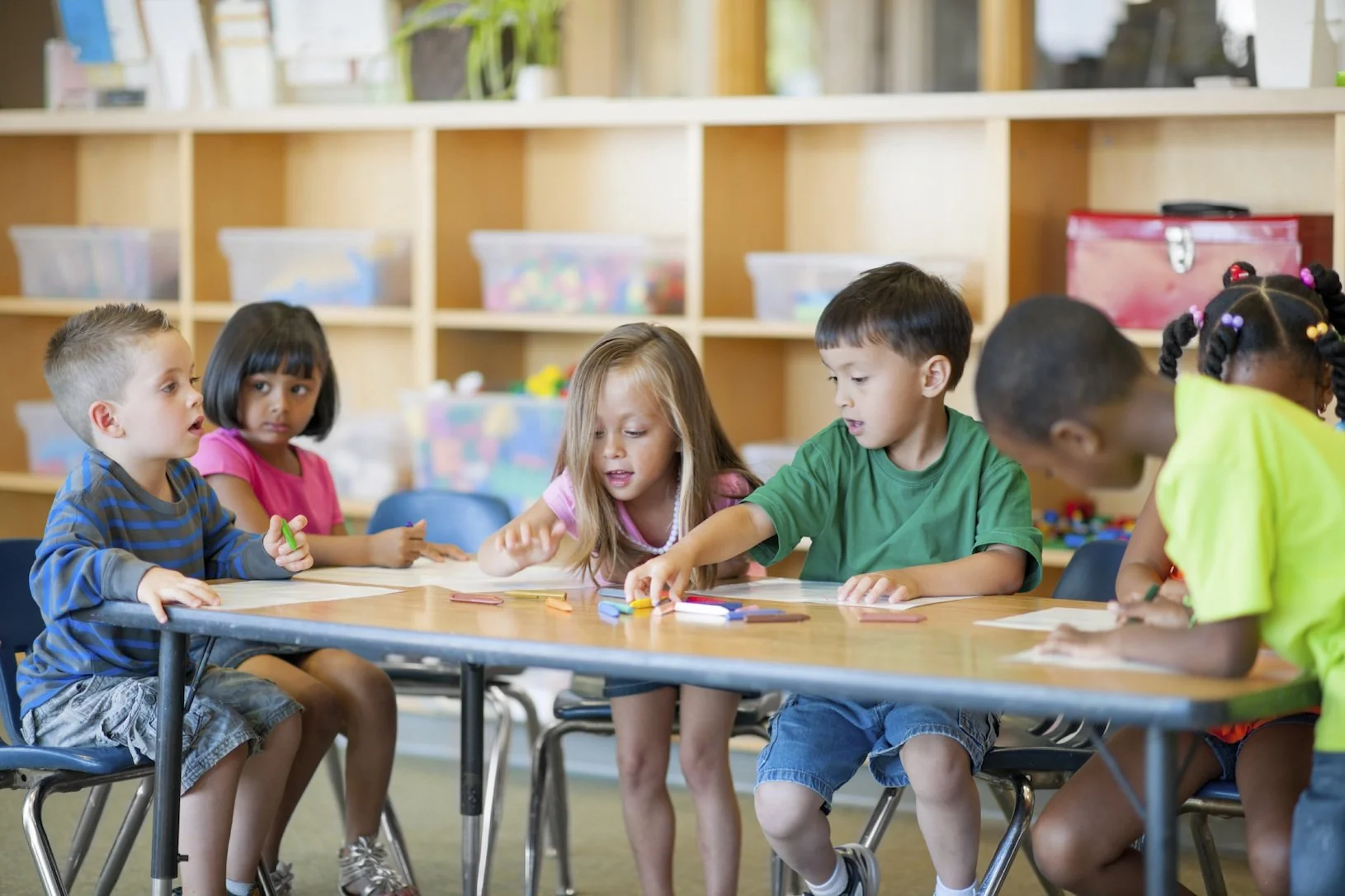
Image source: Reddit
Building a foundation for reading readiness includes exposure to books, discussions about story elements, and activities that promote print awareness. Children learn to differentiate between letters, words, and sentences. It's a slow but effective process.
Understanding characters in story comprehension
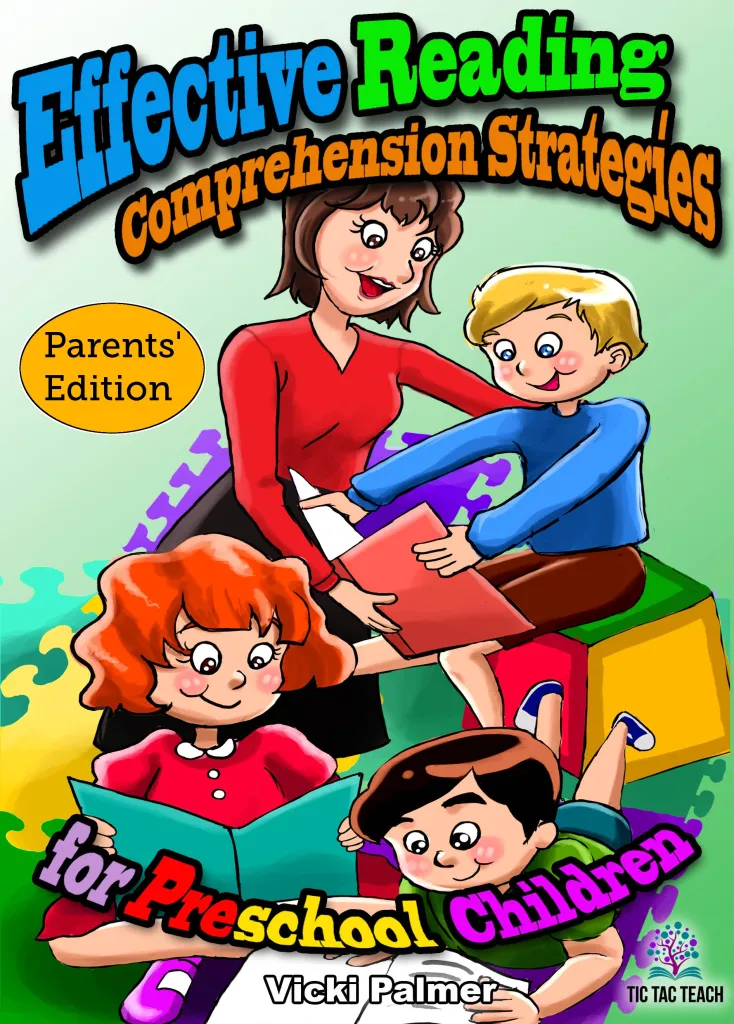
Image source: Quora
Understanding basic story elements like characters, setting, and plot develops early comprehension skills. Teachers may use picture books and guided discussions to reinforce these concepts. Kids are usually asked to bring in their favorite book for this learning skill.
Bringing out the creative side
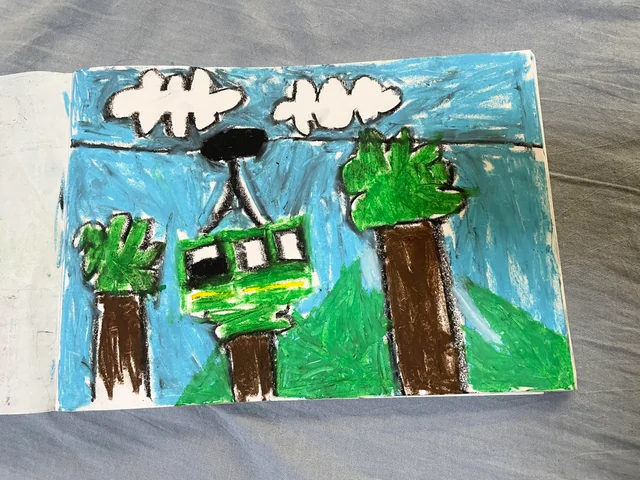
Image source: Reddit
Creative expression refers to creative activities such as drawing, painting, and imaginative play which allows children to express themselves freely. Teachers encourage creativity as a means of cultivating individuality and self-expression. Kids' imagination is amazing!
Developing rhythm with music and movement
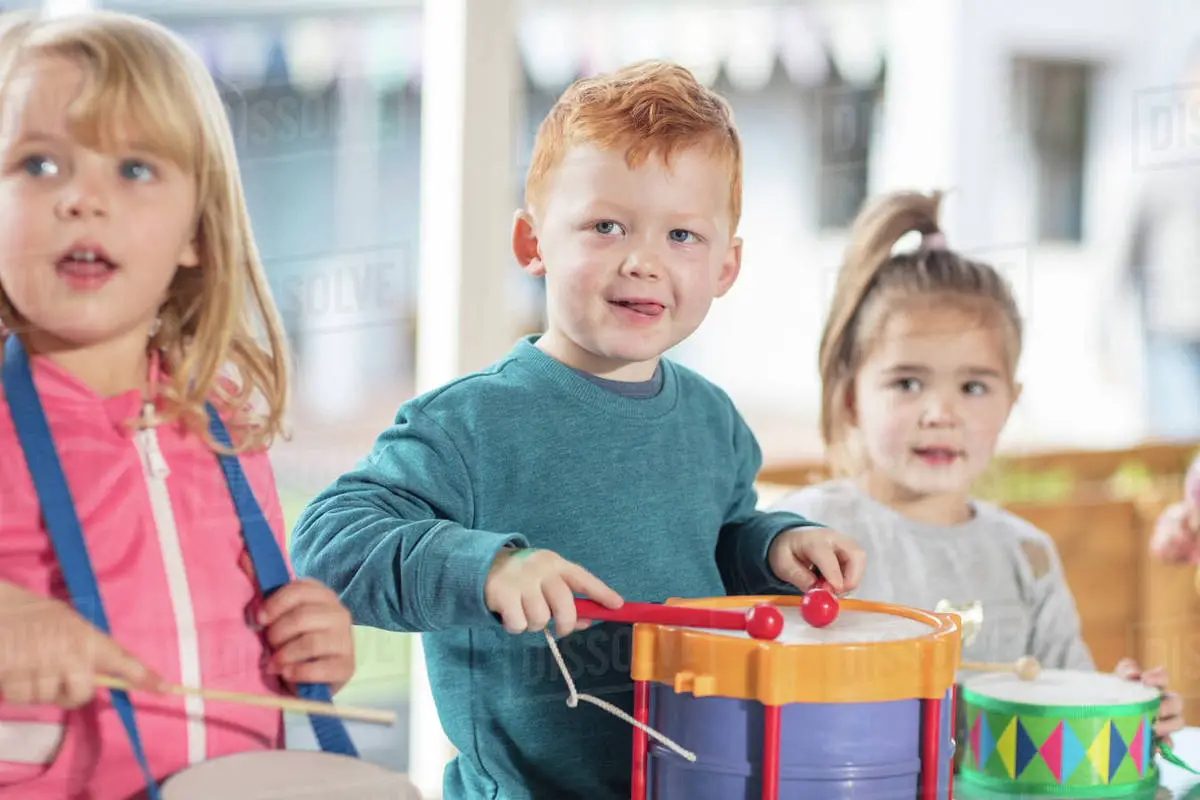
Image source: Dissolve
Incorporating music and movement into the curriculum helps children develop rhythm, coordination, and motor skills. Activities may include dancing, singing, and playing musical instruments. Word of warning - beware if your kid wants to practice at home!
First science experiments
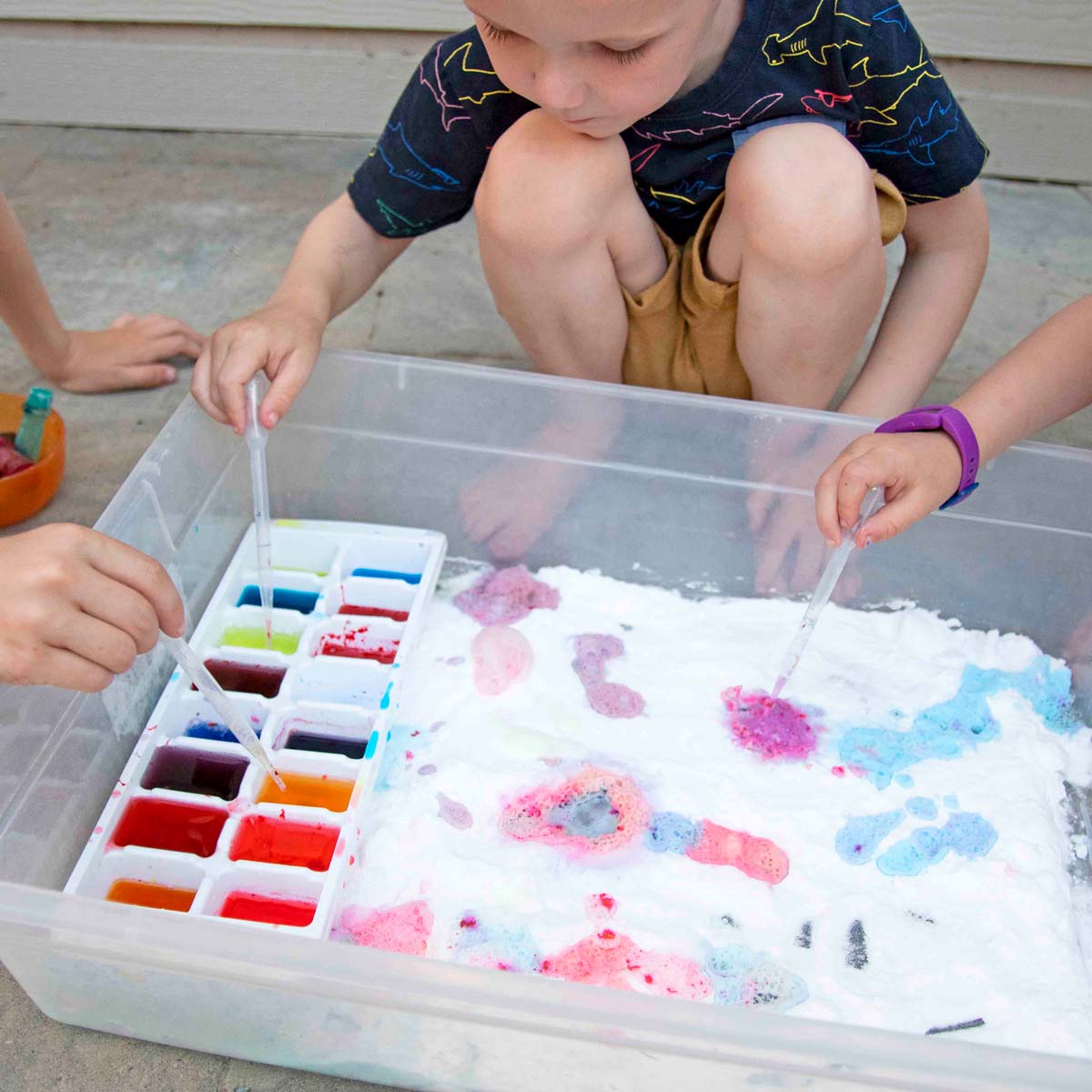
Image source: Busy Toddler
Science exploration such as basic science experiments involving hands-on exploration of simple scientific concepts. Children might explore topics such as cause and effect, observation, and predictions. This involves lots of participation from the young children.
Learning about our natural life
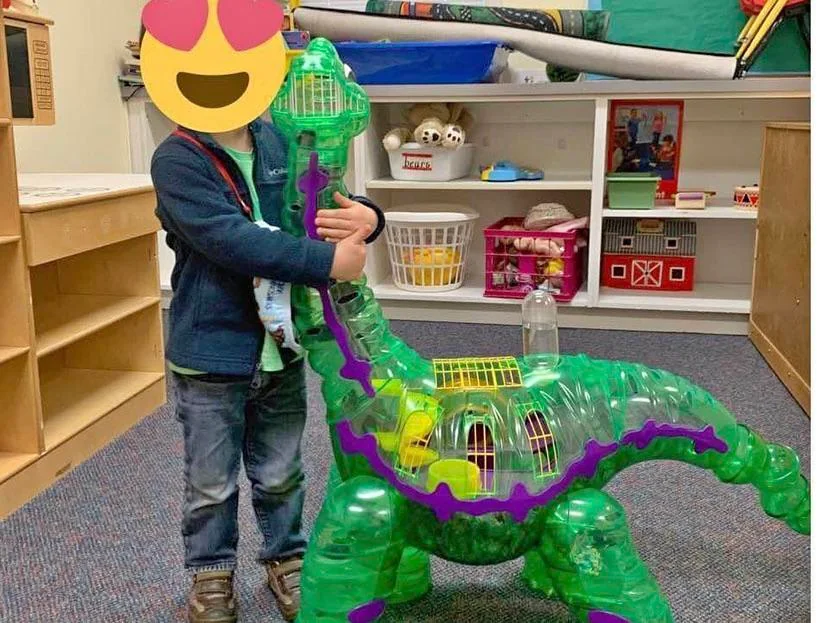
Image source: Reddit
Learning about plants, animals, and the environment gives kids an early appreciation for nature. Nature walks, observations, and classroom discussions contribute to this exploration. This is an exciting topic for three year olds as they love exploring!
Talking about community helpers
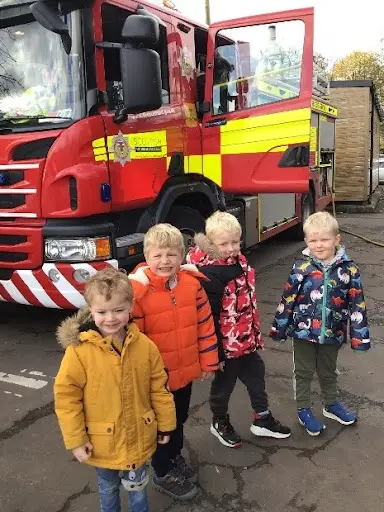
Image source: Clober Primary
Understanding the roles of the various community members, such as doctors, firefighters, and police officers, promotes community awareness. Role-playing and guest speakers may be incorporated into lessons. Trips to the fire station always go down well!
Learning about cultural diversity
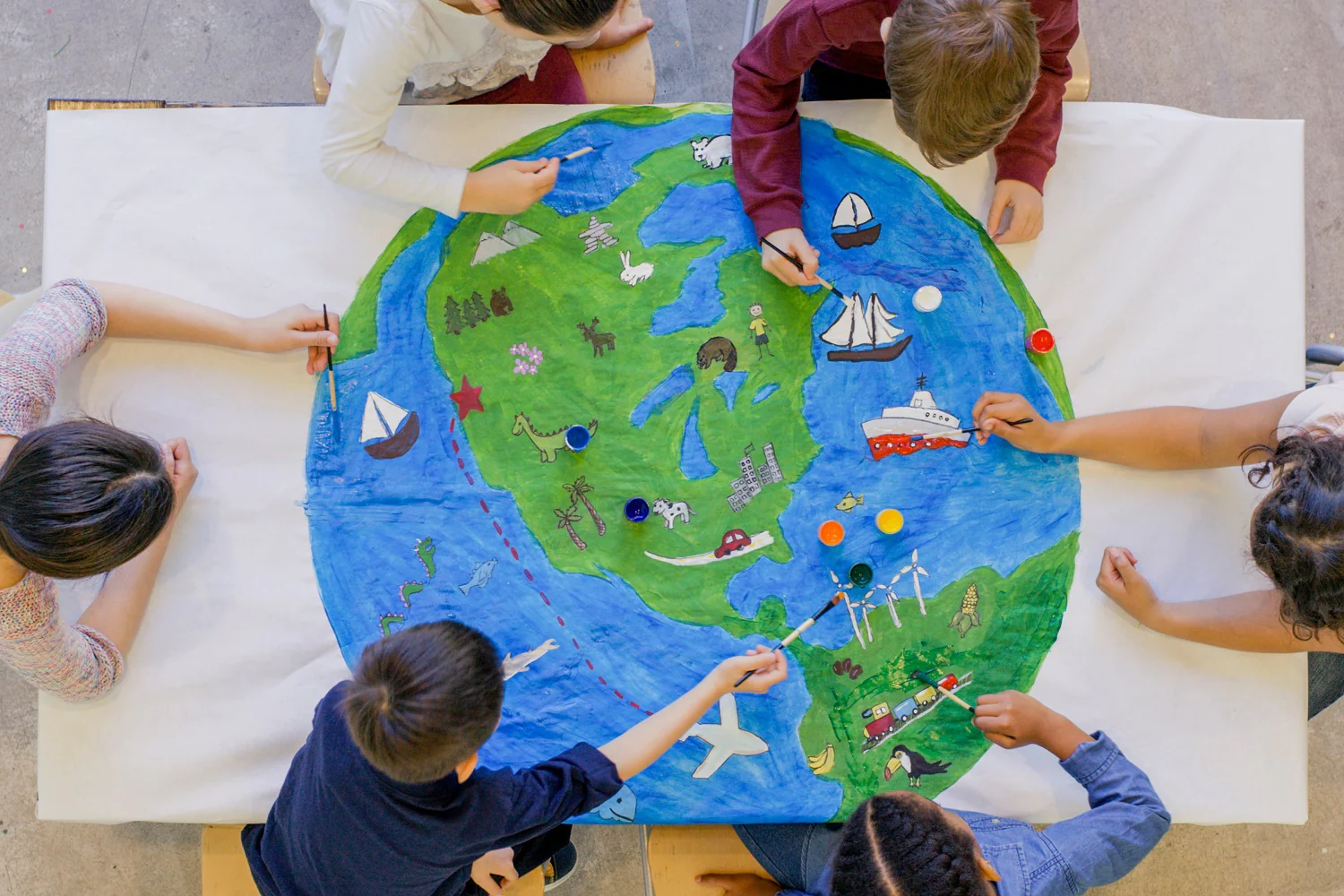
Image source: Nature's Path
Introducing diverse cultures involves celebrating holidays, traditions, and customs from around the world. Discussions and activities promote an understanding and appreciation of cultural differences. This is a subject that pretty much all kindergartens take part in.
Health and hygiene practices
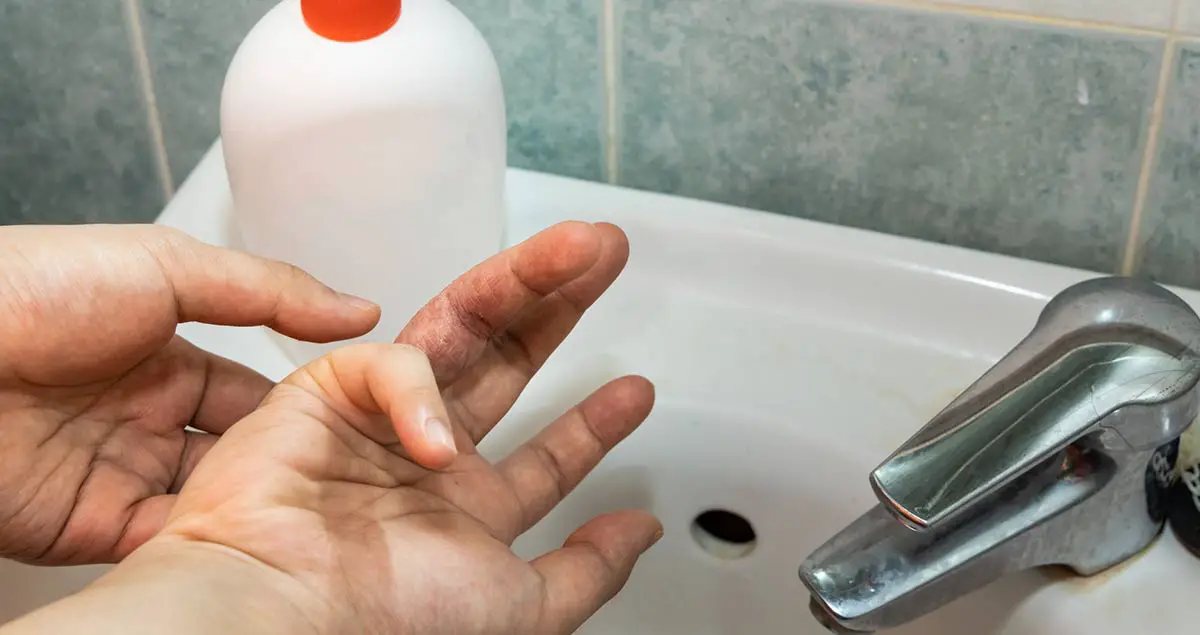
Image source: Allergy Network
Basic health and hygiene practices include discussions about handwashing and overall cleanliness. Teachers emphasize the importance of maintaining personal hygiene for well-being. Dental care and correct use of a toothbrush is a subject that is instilled in the kids.
More indepth dental hygiene
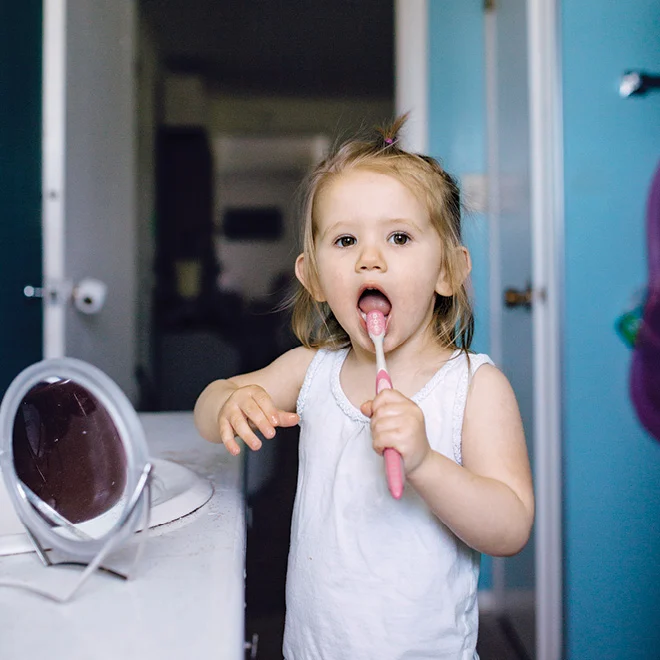
Image source: Somerset Today
Learning about proper dental hygiene involves discussions and activities related to brushing, flossing, and routine dental care. Teachers may incorporate dental health lessons into the curriculum. Kids may be given homework of asking their parents to watch them brush their teeth correctly.
Telling the time

Image source: Reddit
This will include an introduction to telling time and there will be discussions about analogue and digital clocks. Students may practice reading and setting the time in various activities. Having said that, kids will be requesting cell phones at aged 6 and the time will be shown on the screen!
Learning the days of the week
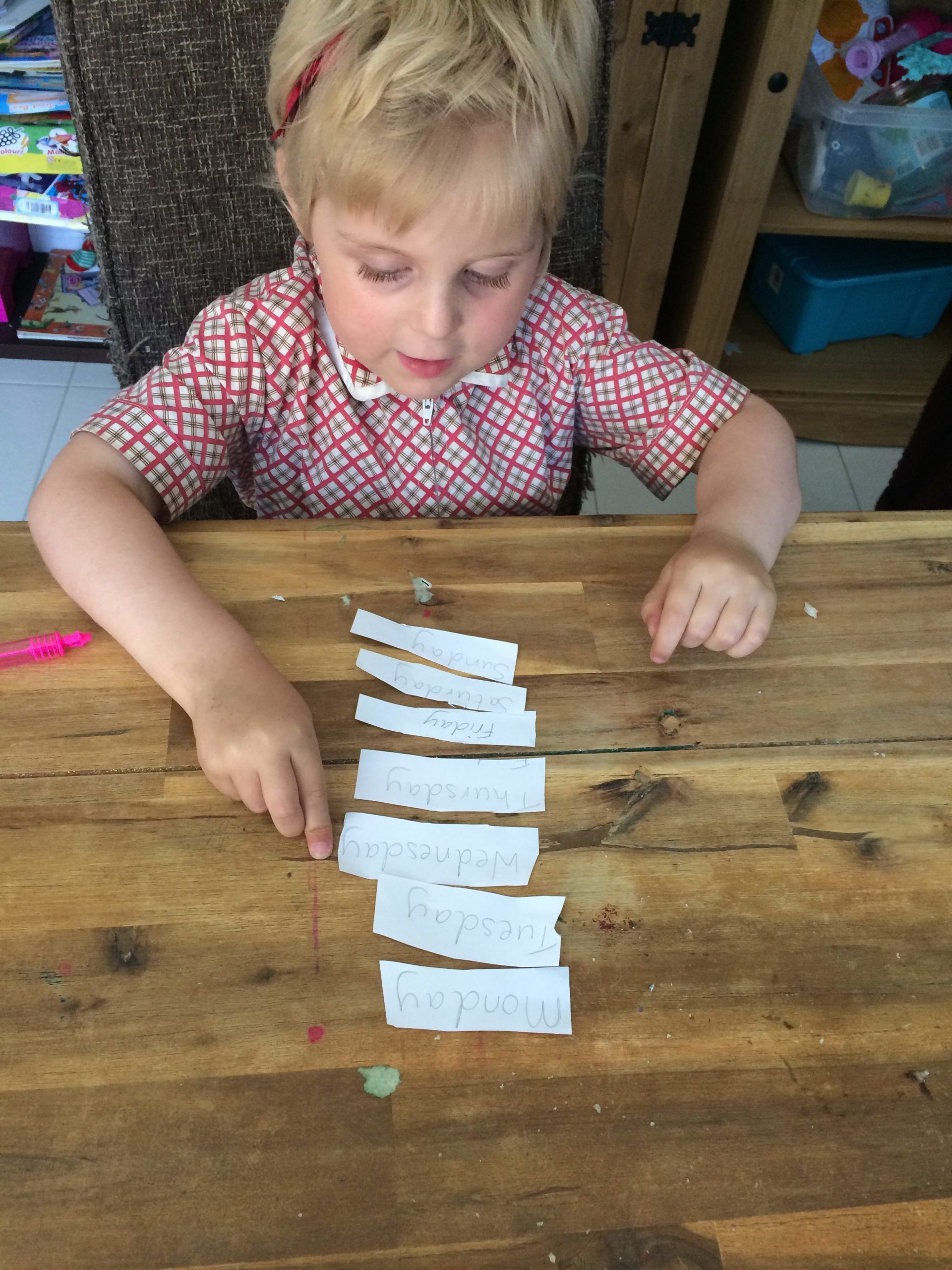
Image source: The Happy Learner
Learning the days of the week will involve repetitive activities, and discussions about daily routines. Visual aids may be used to reinforce the sequence of days. There are very likely to be accompanying songs to instil the knowledge into the child.
.......and the months of the year
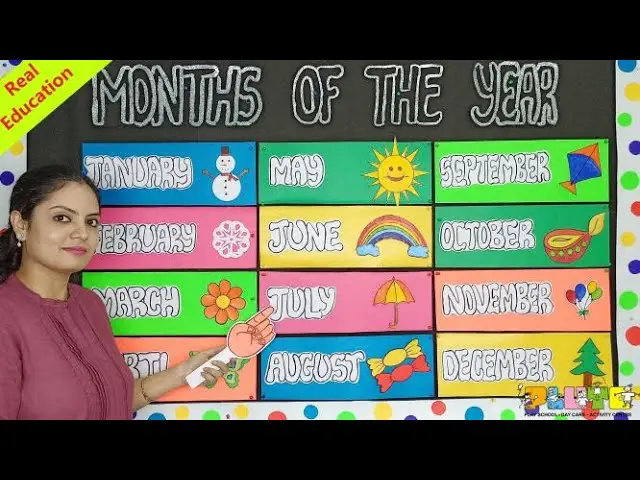
Image source: YouTube
This involves recognizing and naming each month. It contributes towards an understanding of the calendar and seasonal changes. Calendar-related activities help reinforce this concept. There will be tasks such as collecting leaves in Fall and flowers in Spring etc.
Memorizing address and phone number
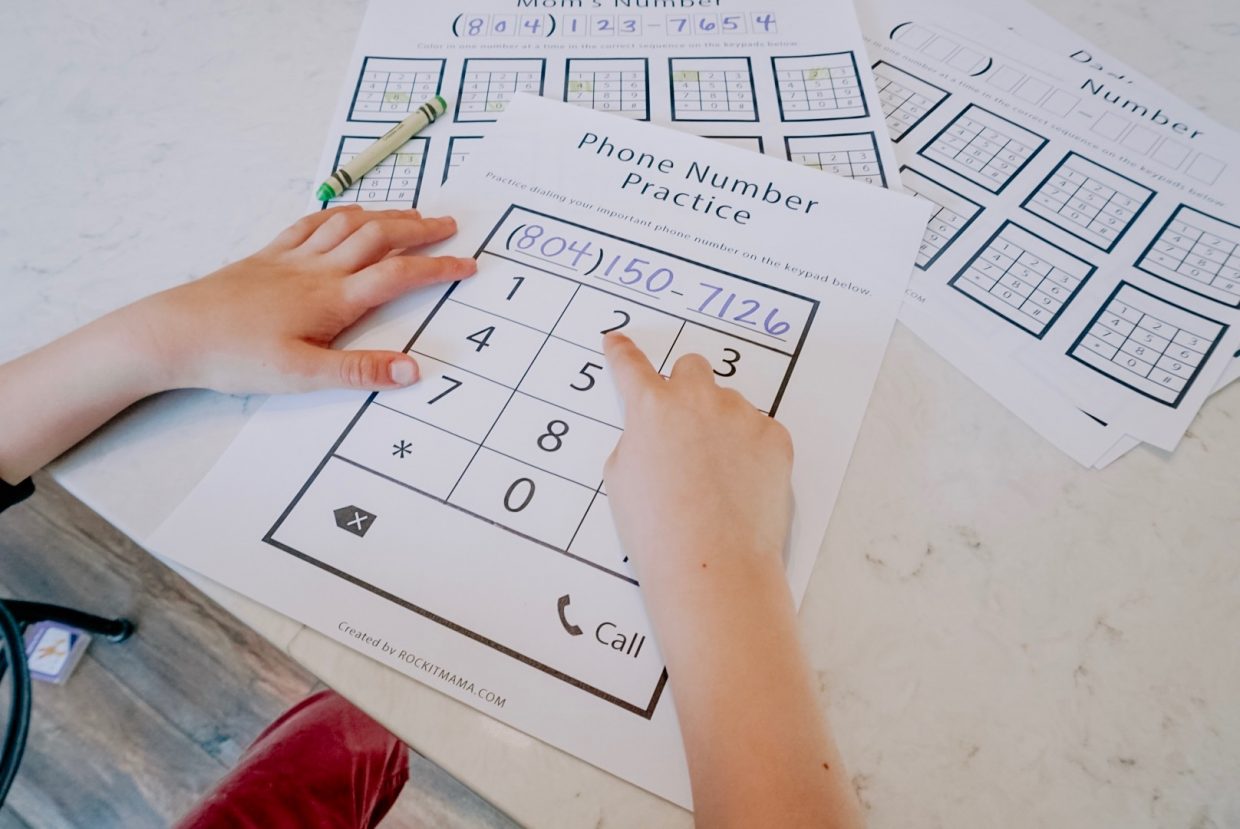
Image source: The Sun
Familiarity with personal contact information promotes safety and independence. Teachers may incorporate activities to help children memorize and recite their address and phone number. Parents will be asked to test their child until it's second nature to them.
Simple map reading exercises
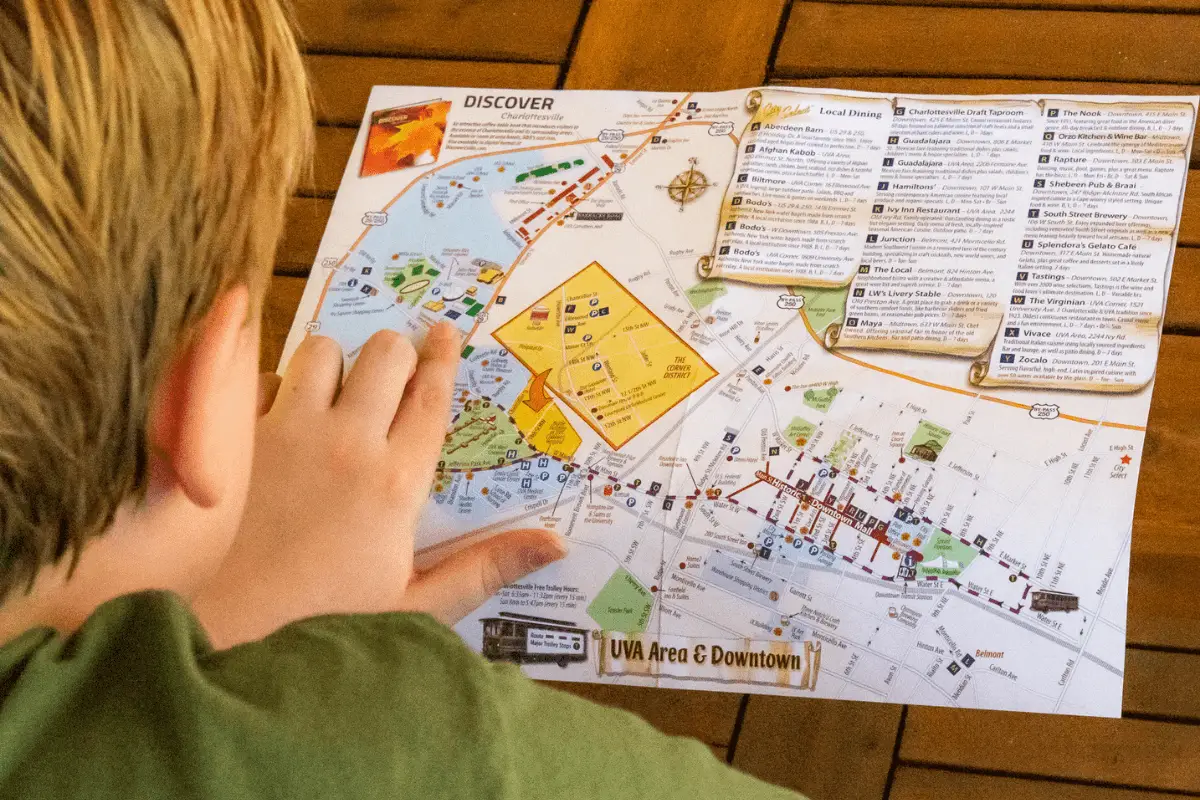
Image source: Wild Child
Introduction to basic map concepts includes discussions about maps, directions, and spatial relationships. Students may engage in map-related activities and simple map reading exercises. Sounds serious but, as with all tasks, it will be age-related.
Learning technology skills

Image source: MIT News
Early exposure to age-appropriate digital tools introduces basic technology literacy. Teachers may incorporate educational apps, interactive whiteboards, and other technology resources. This tends to be a winner with young kids and keeps their attention span.
Problem-solving and logical thinking
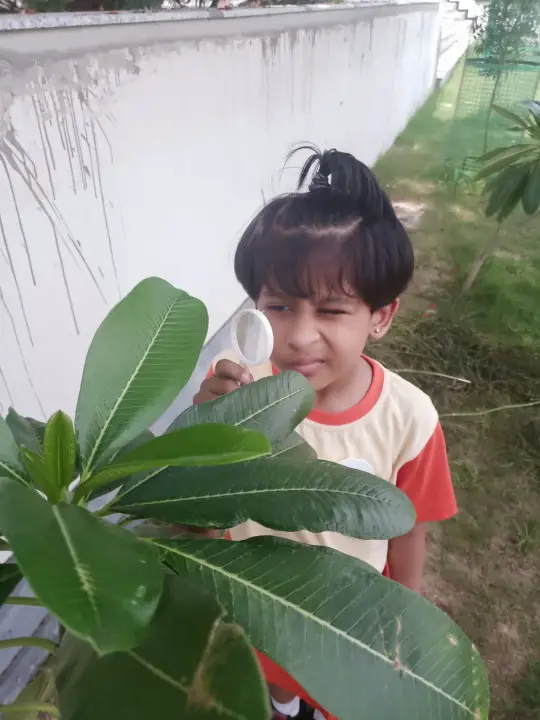
Image source: Liner
Encouraging critical thinking and problem-solving skills will involve presenting challenges and guiding students through logical reasoning and decision-making processes. Children are motivated by their own curiosity and desire to overcome challenges.
Learning to identify emotions
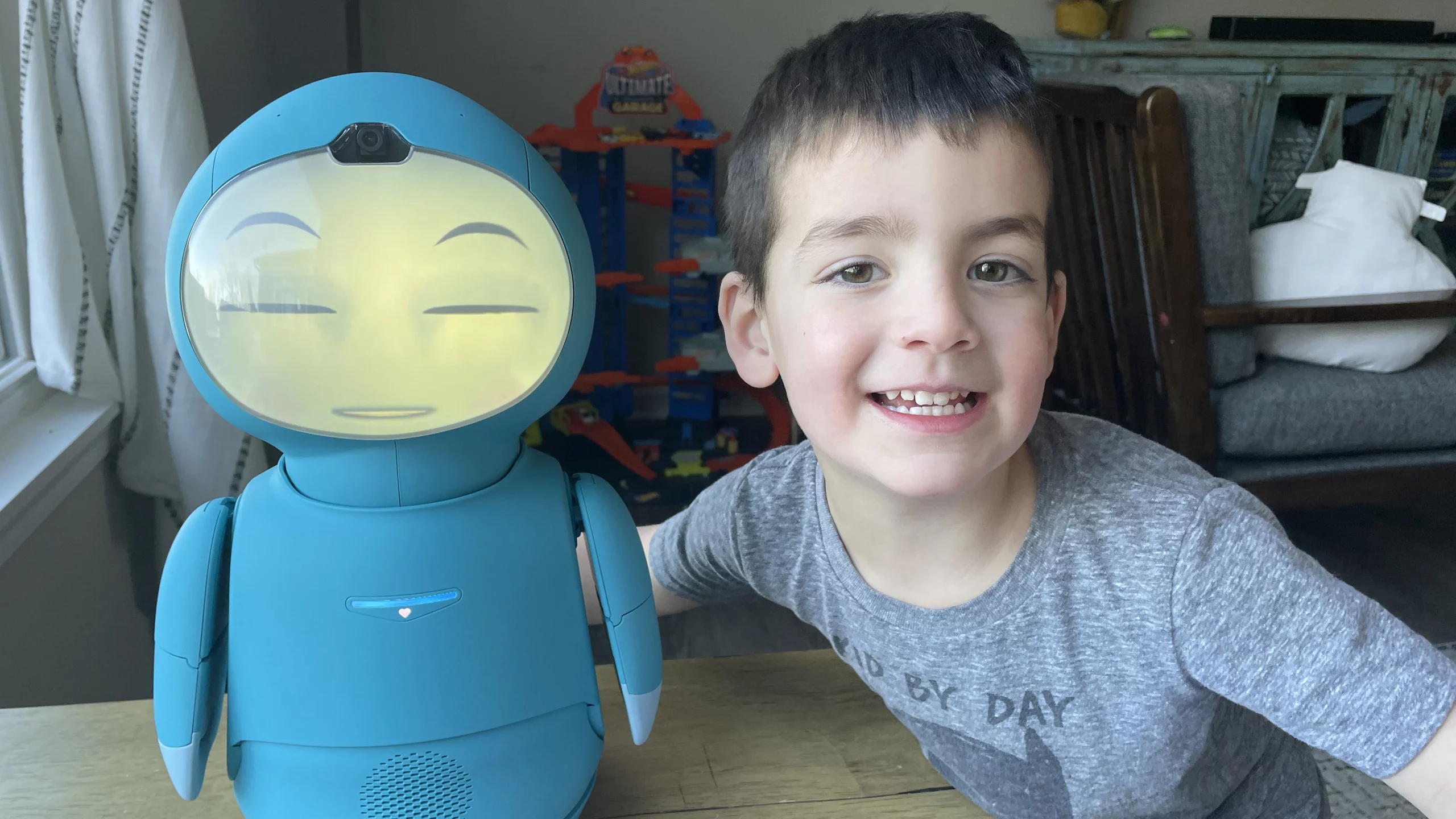
Image source: PCMag
Learning to identify and manage emotions takes the form of activities that promote emotional intelligence. Teachers may use discussions, stories, and mindfulness exercises to help children regulate their emotions. It can help kids learn to express how they feel.
Learn to be a good friend!
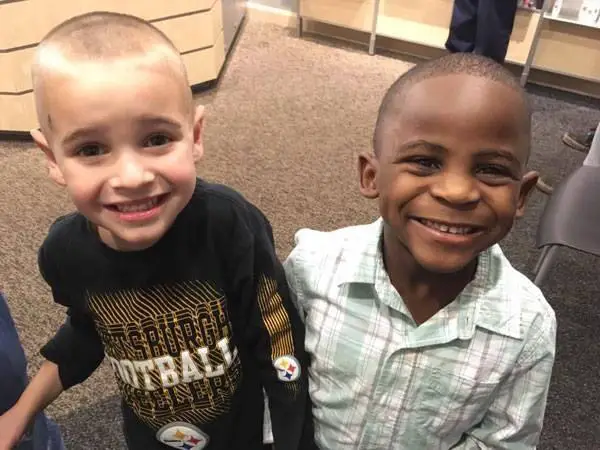
Image source: Reddit
Friendship skills means developing positive relationships with peers. There will be discussions about friendship, empathy, and effective communication. Teachers foster a positive and inclusive social environment, making it comfortable for the child.
Understanding safety rules
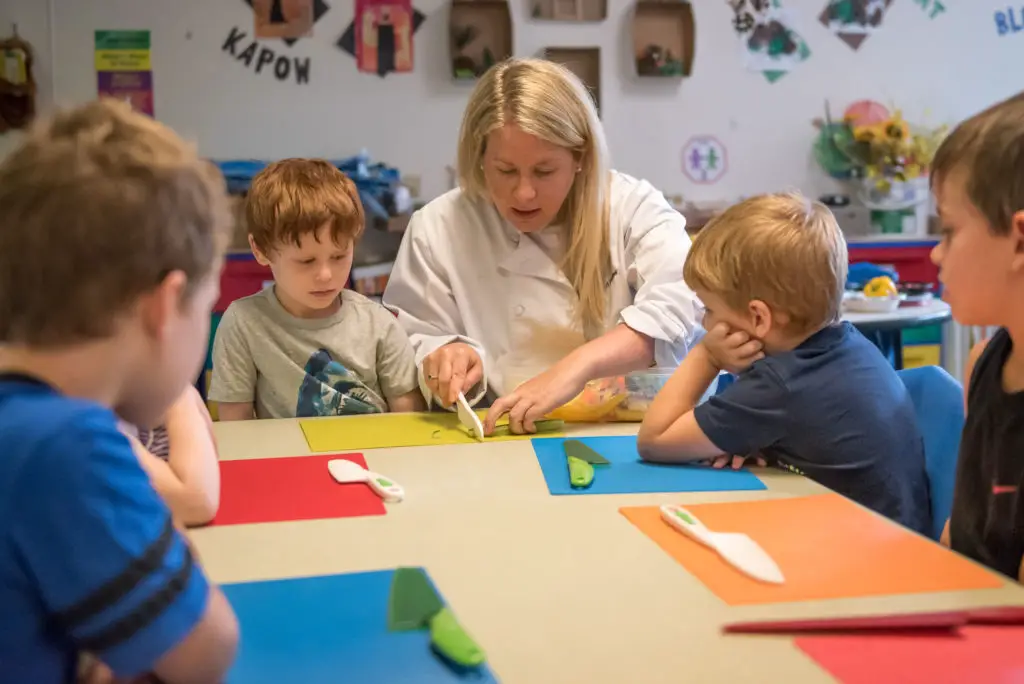
Image source: Happy Kitchen
Understanding and following safety rules at school and home ensures a secure learning environment. Teachers conduct discussions and activities related to fire drills, emergency procedures, and general safety guidelines. Learning this at such an early age is paramount.
Participating in fire drills
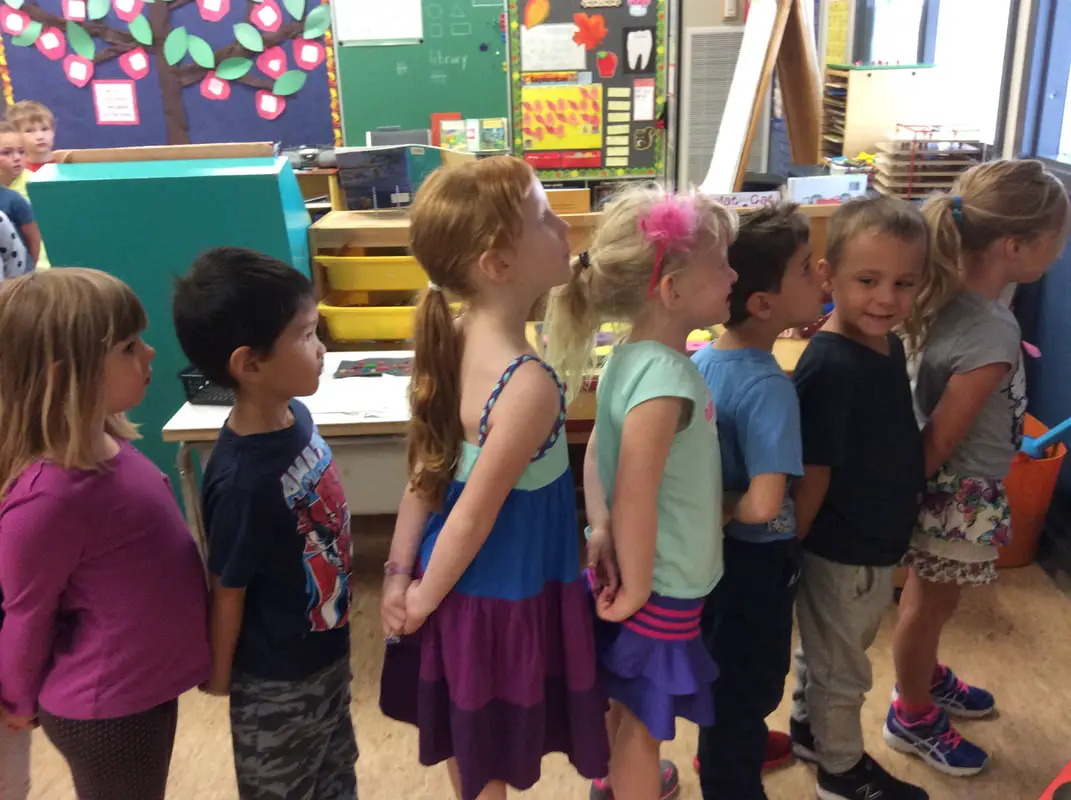
Image source: Insider
Participating in fire drills teaches children essential safety procedures. Teachers ensure that students understand the importance of following evacuation plans and staying calm during emergencies. Research carried out amongst older kids showed they remembered safety advice from when they were at kindergarten.
Knowledge about nutrition
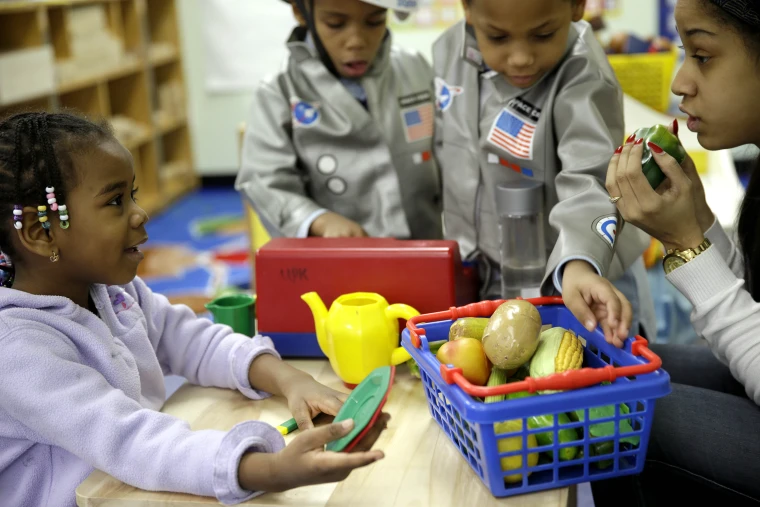
Image source: NBC News
Basic knowledge of healthy eating includes discussions about food groups, balanced meals, and the importance of nutrition for overall health. Teachers may incorporate hands-on activities related to healthy eating. Young kids might also take part in a "safe" baking morning at kindergarten.
Understanding healthy habits
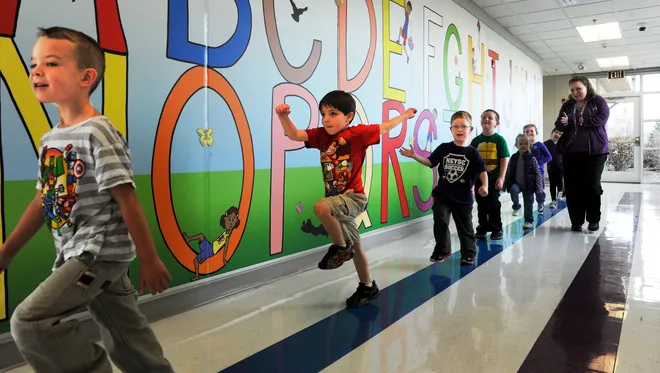
Image source: USA Today
Establishing routines for healthy living takes into account discussions about sleep, exercise, and overall well-being. Teachers emphasize the importance of maintaining a healthy lifestyle. It's never too early to teach young children about this topic.
Finding out about self-initiative
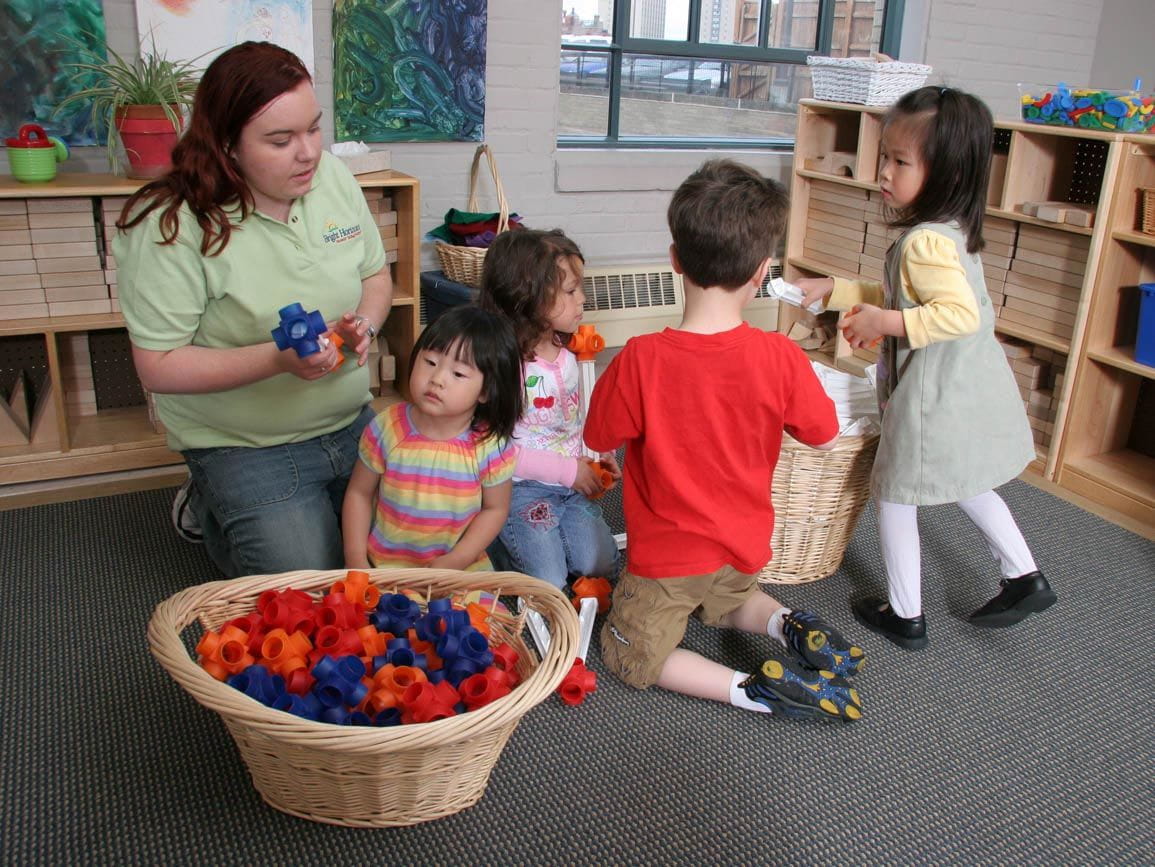
Image source: Brightside
Taking responsibility for personal belongings and actions promotes independence. Teachers encourage students to manage their belongings, organize their workspace, and take initiative in various tasks. Once they learn to think for themselves, this opens up a whole new world with the rest of their learning.
Listening to and following stories
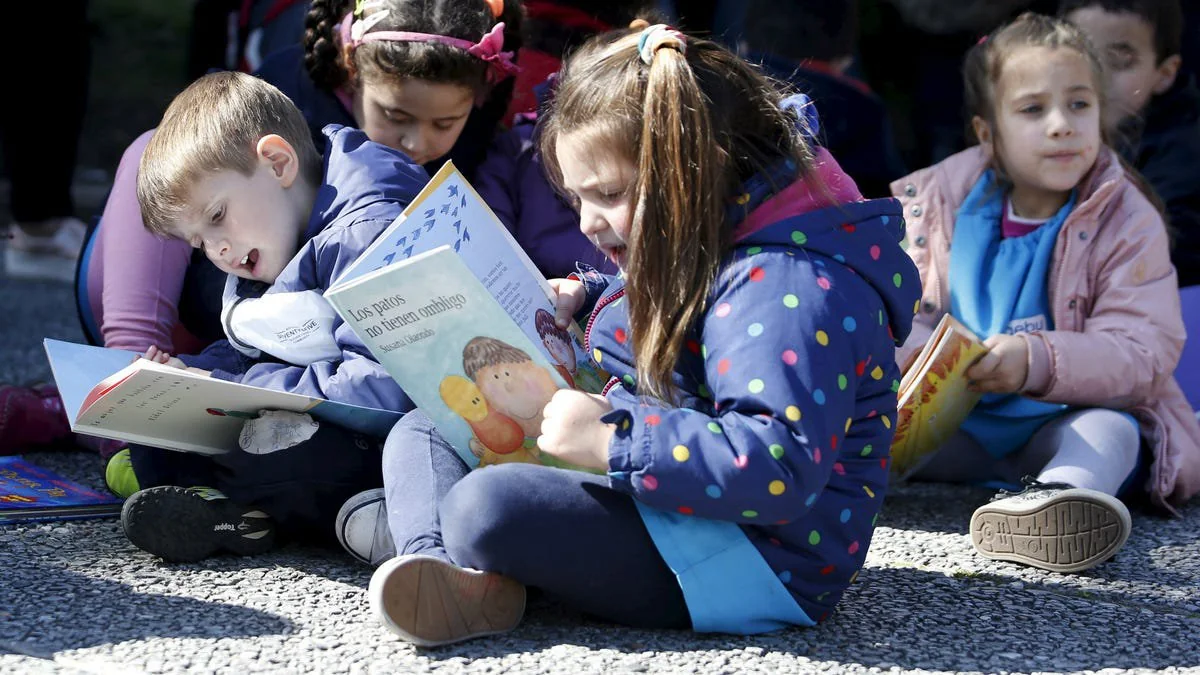
Image source: Reddit
Building a love for reading ultimately exposes children to a variety of stories, both fiction and non-fiction. Teachers may incorporate read-aloud sessions, discussions, and related activities. This is a life skill and brings with it a lot of pleasure, hopefully, as the child gets older.
Understanding sequences
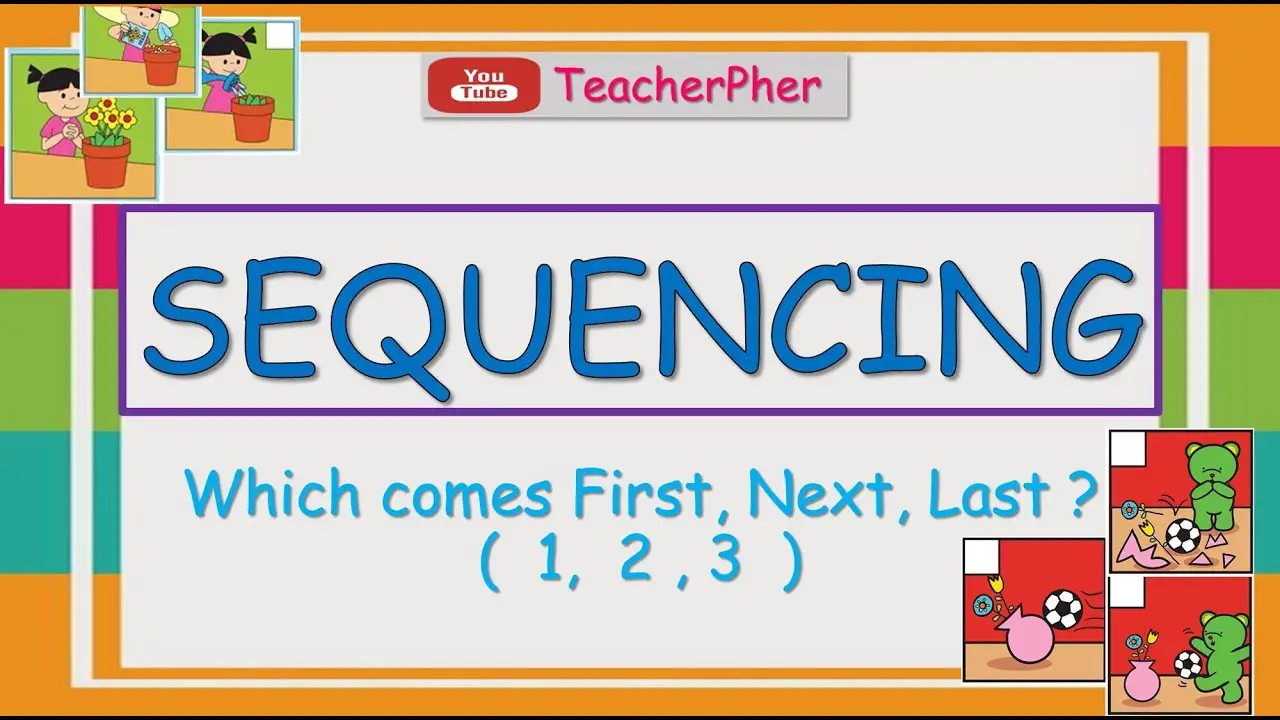
Image source: YouTube
Grasping the concept of sequential events is made into a fun event with activities that require children to organize and sequence information. Teachers may use visual aids and interactive exercises to reinforce this skill. Kids may work in group, another skill in itself.
Simple geography knowledge
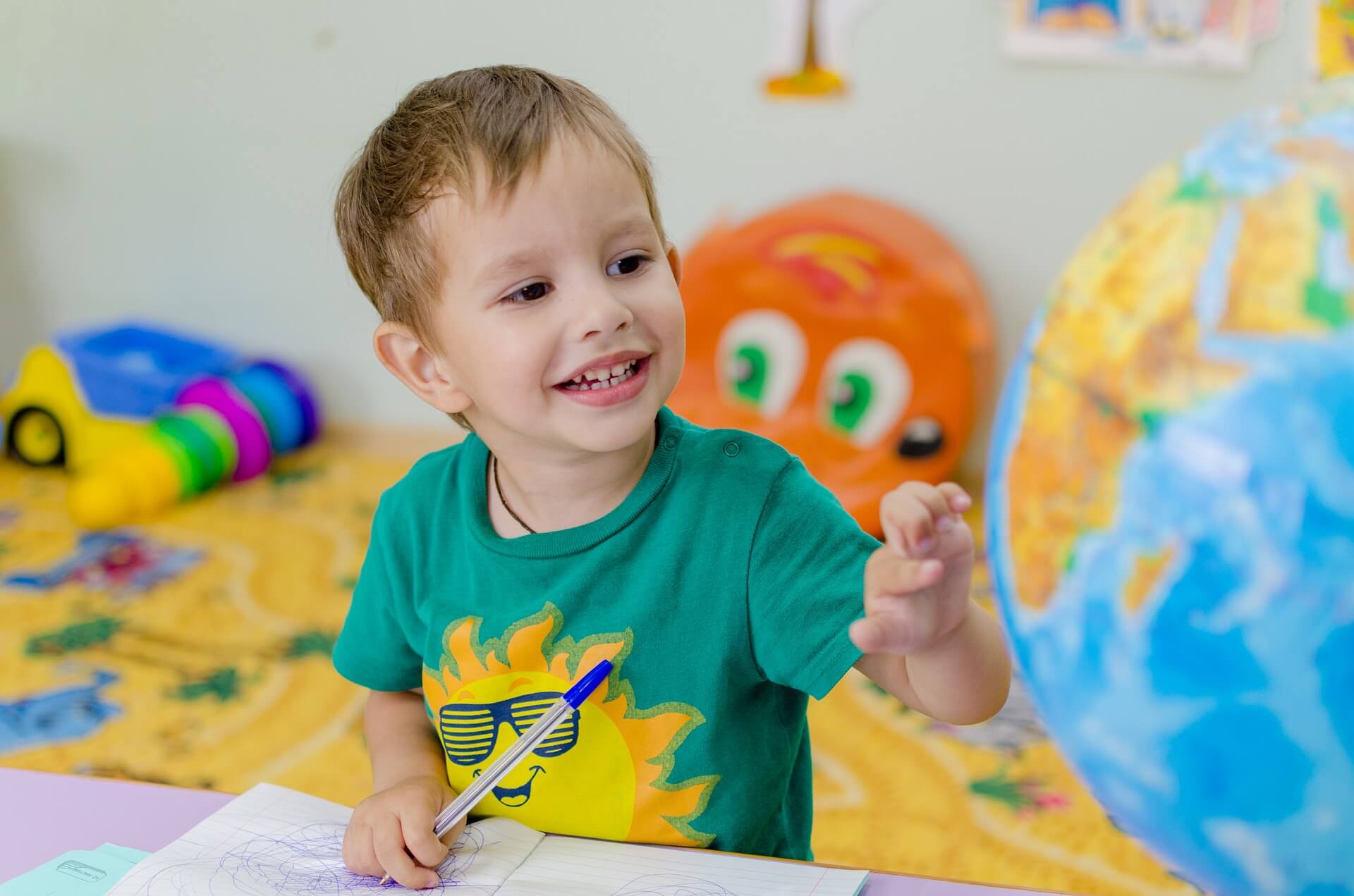
Image source: Atlas Mission
Kids will be learning a little about the local environment. Teacher will introduce basic geography concepts. Discussions may include topics such as landmarks, geography-related terms, and mapping. Hands-on tasks may be making models of famous buildings.
Understanding positions and spatial awareness
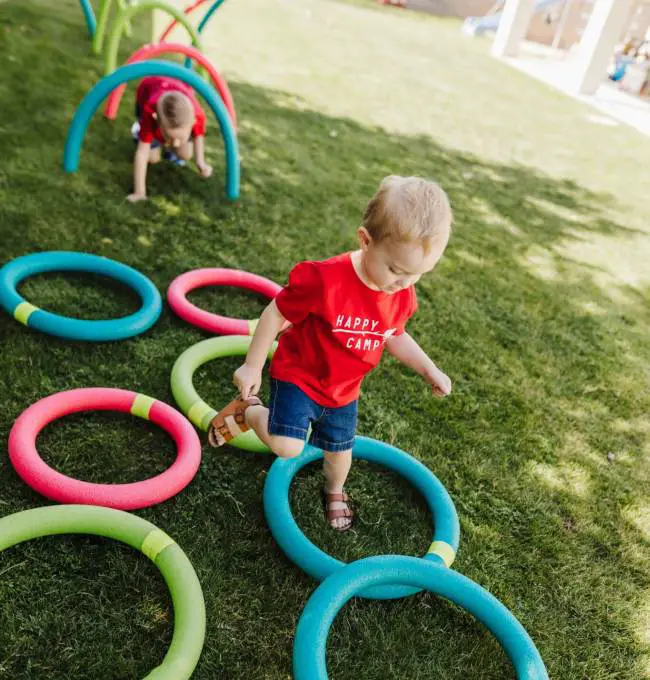
Image source: The Guardian
This sounds simple but it is an extremely useful task for young kids to learn. Concepts like above, below, behind, and in front help develop spatial awareness. Teachers will use techniques such as toddlers immersing themselves in activities as well as visual aids.
Introducing STEM concepts
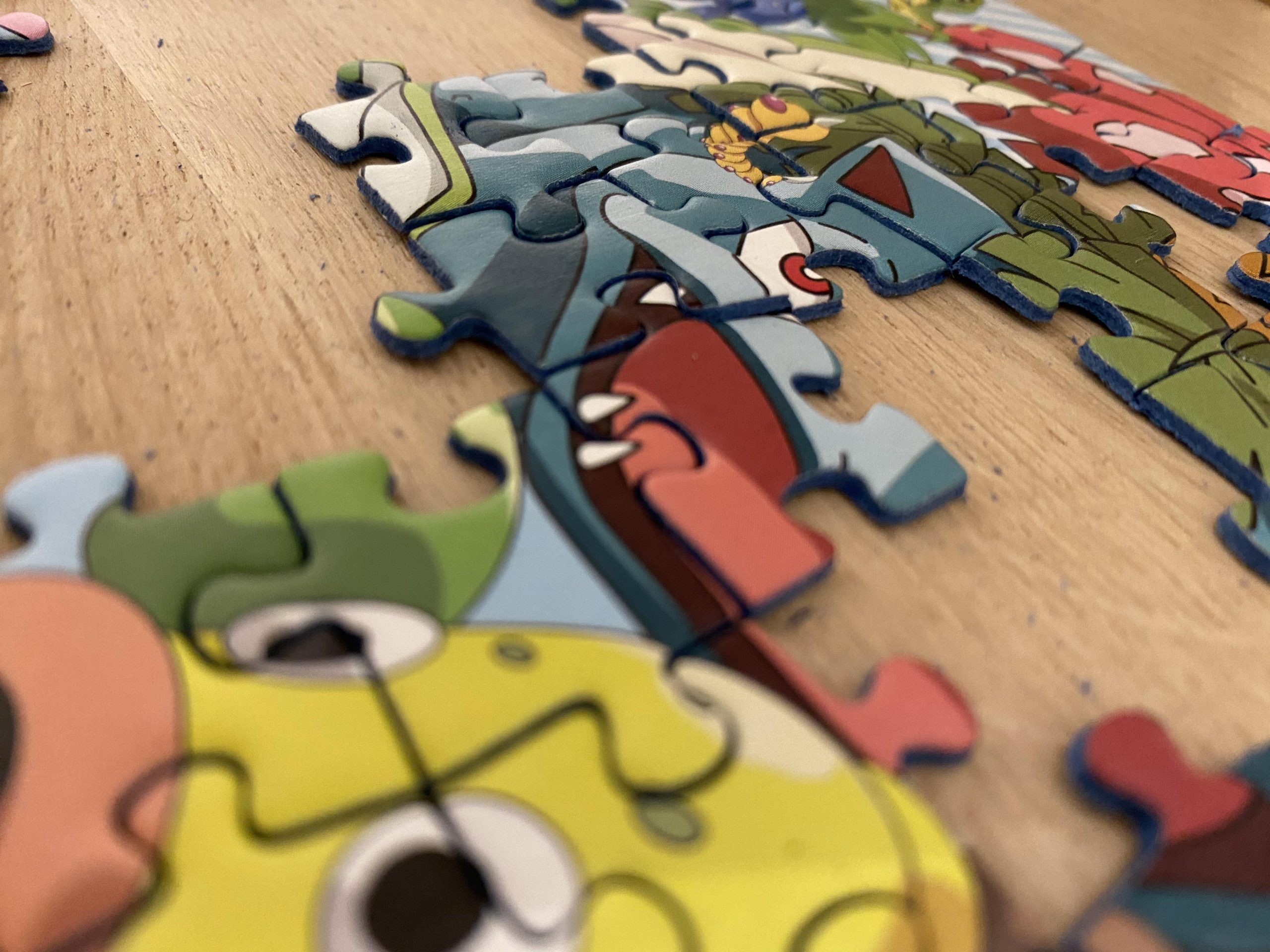
Image source: Reddit
Introduction to science, technology, engineering, and math concepts will ignite curiosity and critical thinking. Teachers may integrate STEM activities that involve hands-on exploration and problem-solving. The kids always love the computer side to this!
Introducing sensory exploration
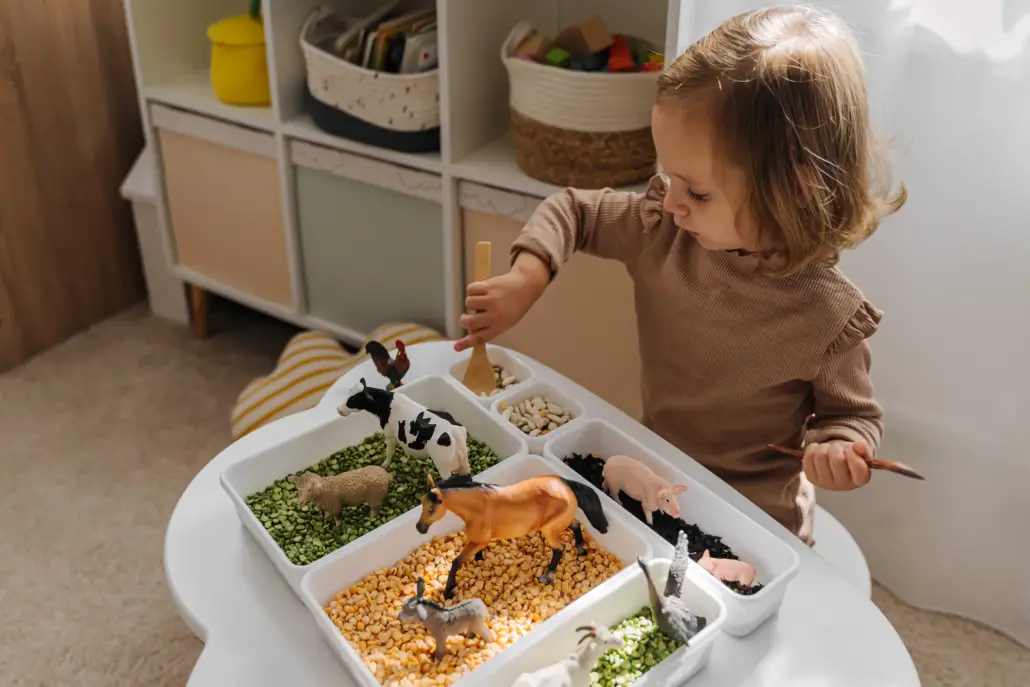
Image source: ABA Connect
Engaging the senses through these various activities all goes towards supporting cognitive and emotional development of the child. Teachers will incorporate lots of sensory play, such as touching different textures, smelling scents, and exploring tastes.
Building independence
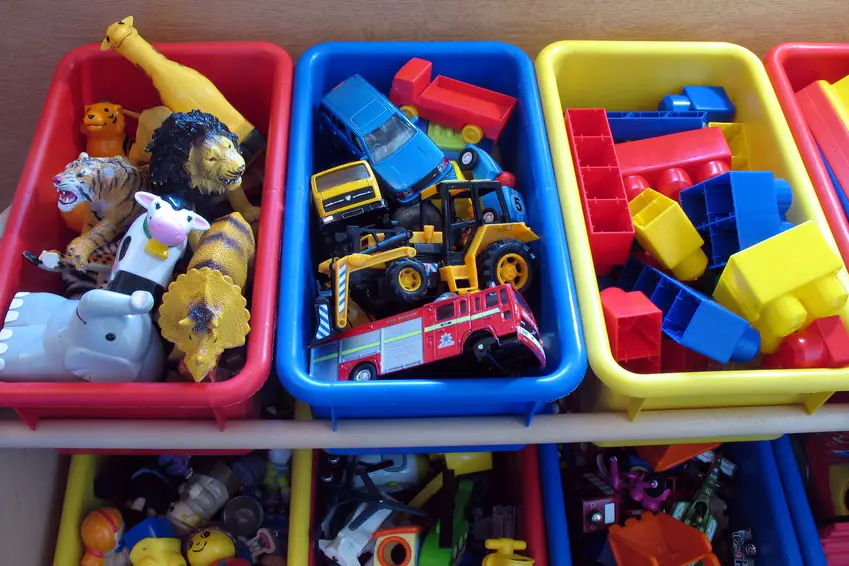
Image source: Shelfstore
Encouraging independence involves providing opportunities for children to take on responsibilities. Teachers guide students in tasks such as organizing their belongings, making choices, and completing simple tasks independently. Maybe teenagers should take a leaf out of this book!































 image source: reddit.com
image source: reddit.com image source: reddit.com
image source: reddit.com image source: reddit.com
image source: reddit.com
 image source: reddit.com
image source: reddit.com image source: reddit.com
image source: reddit.com
 image source: reddit.com
image source: reddit.com image source: reddit.com
image source: reddit.com image source: reddit.com
image source: reddit.com image source: reddit.com
image source: reddit.com image source: reddit.com
image source: reddit.com image source: huffpost.com
image source: huffpost.com image source: reddit.com
image source: reddit.com image source: reddit.com
image source: reddit.com
 image source: reddit.com
image source: reddit.com image source: reddit.com
image source: reddit.com image source: reddit.com
image source: reddit.com

 Image source: Reddit
Image source: Reddit



 Image source: LittleOnes
Image source: LittleOnes








































